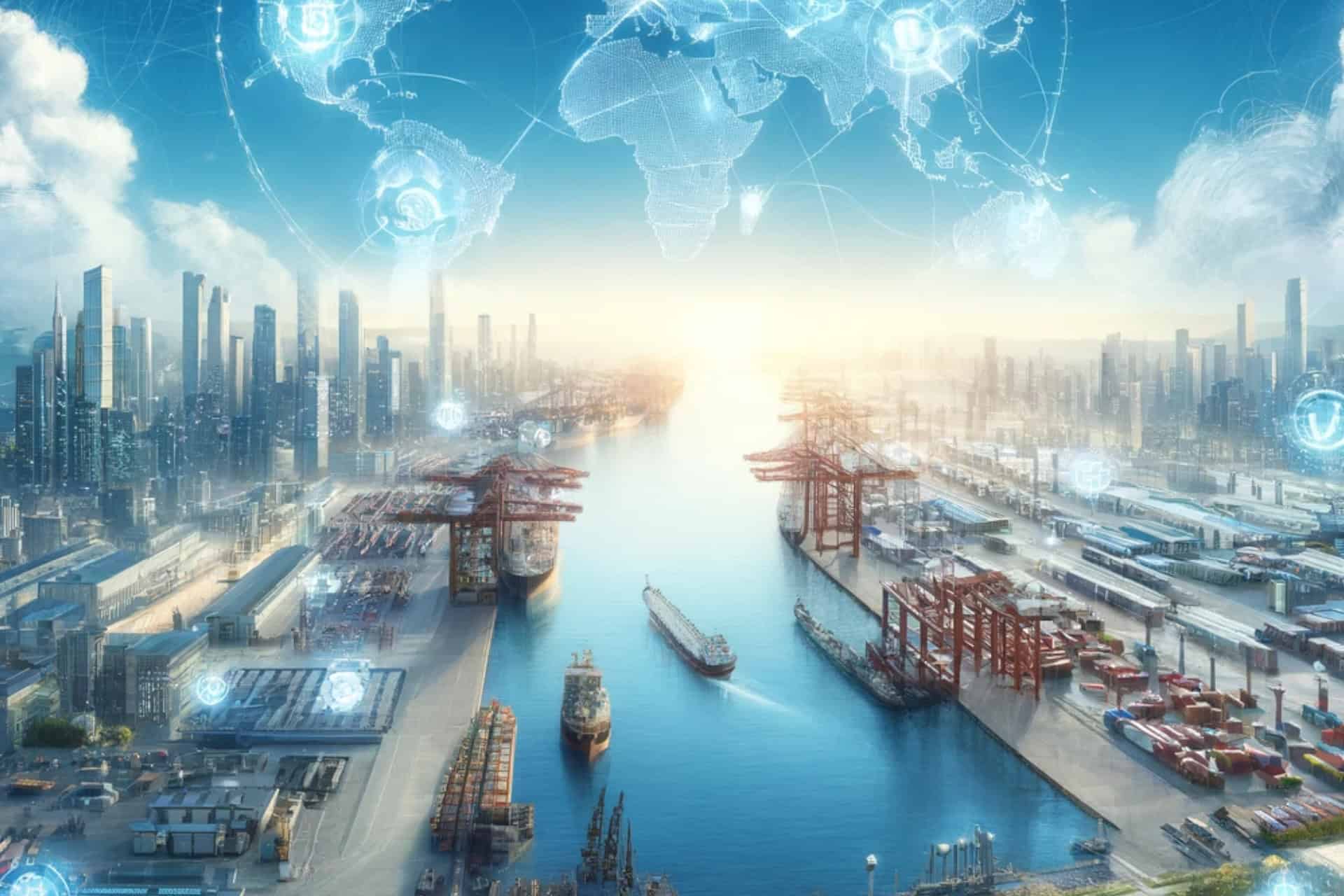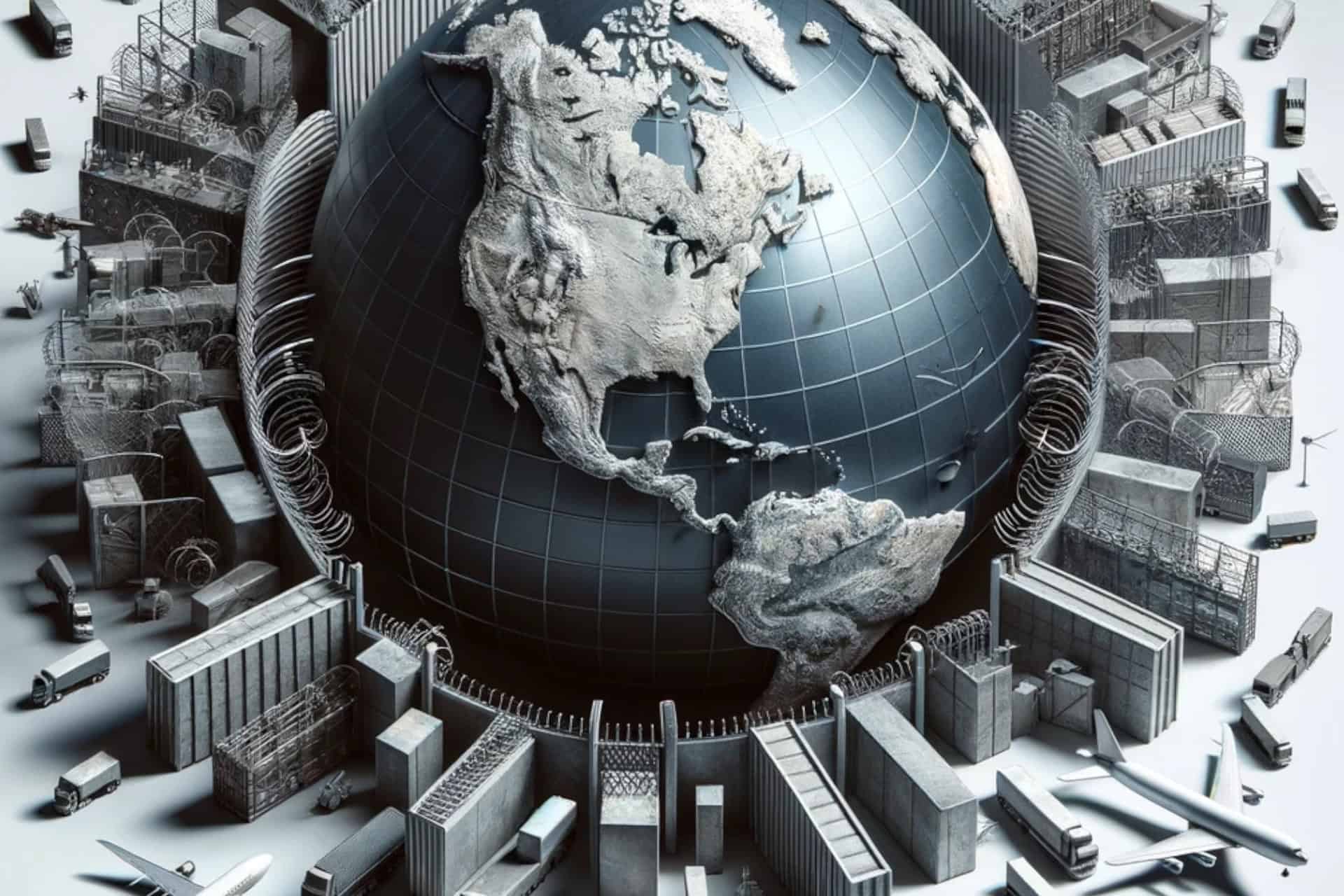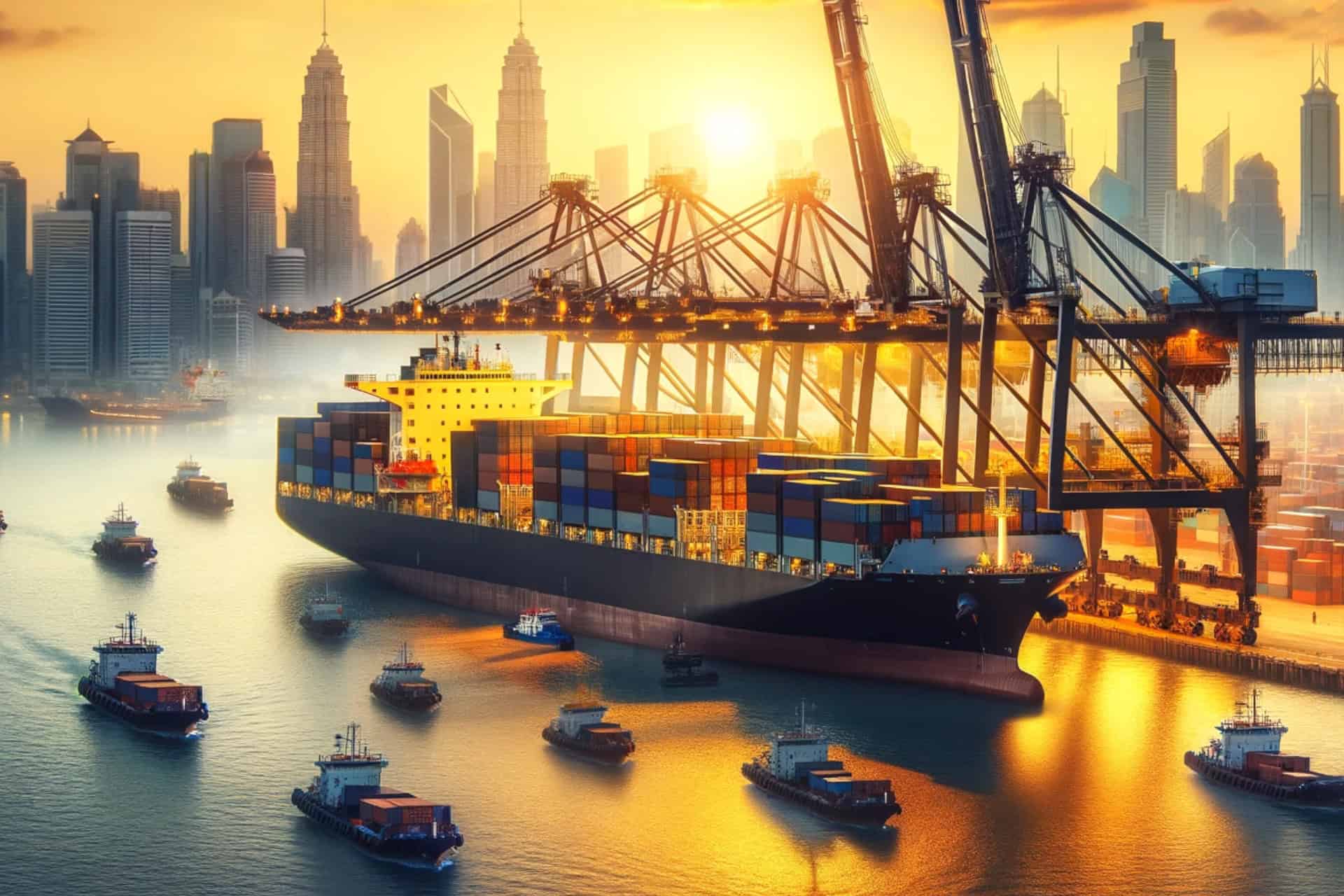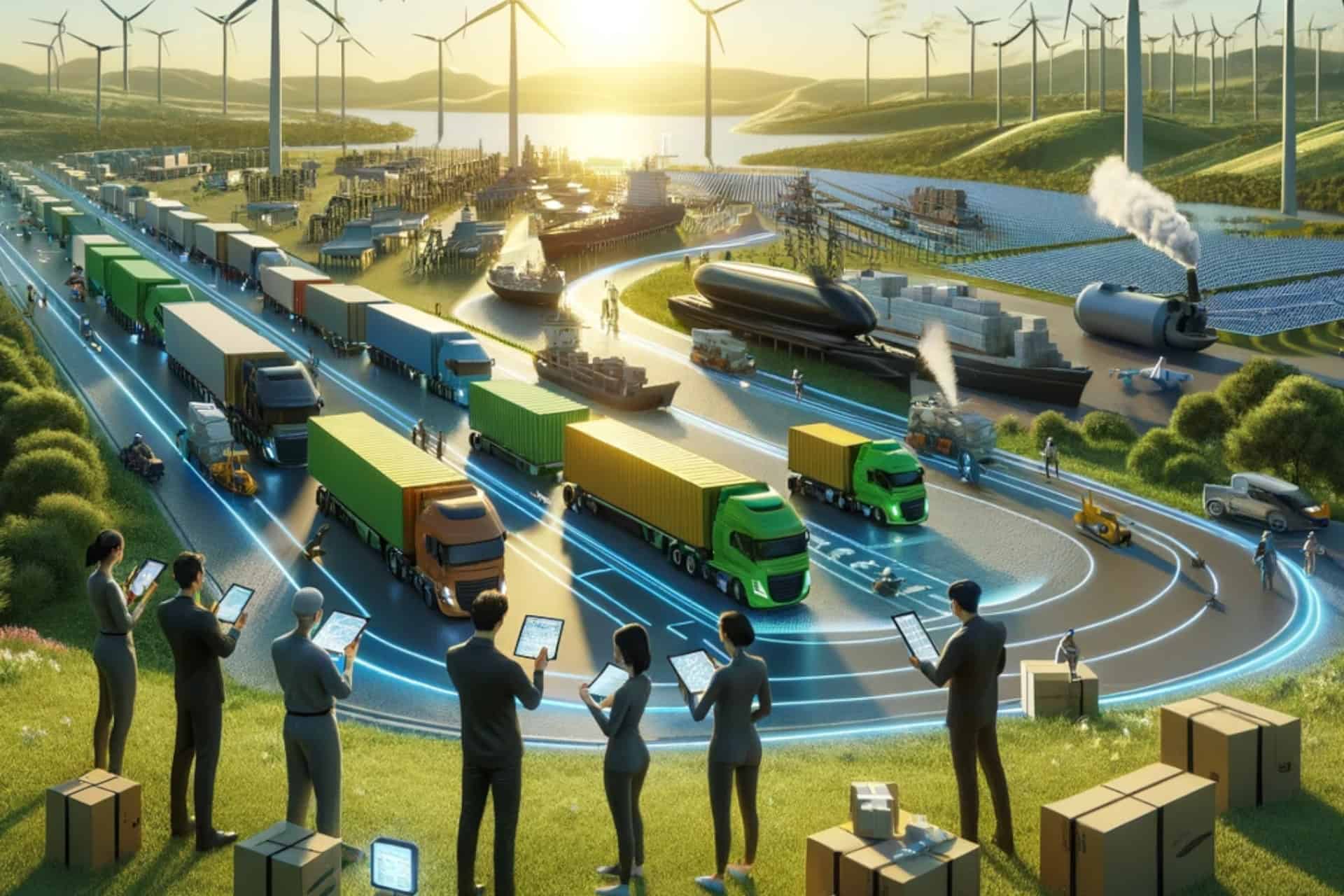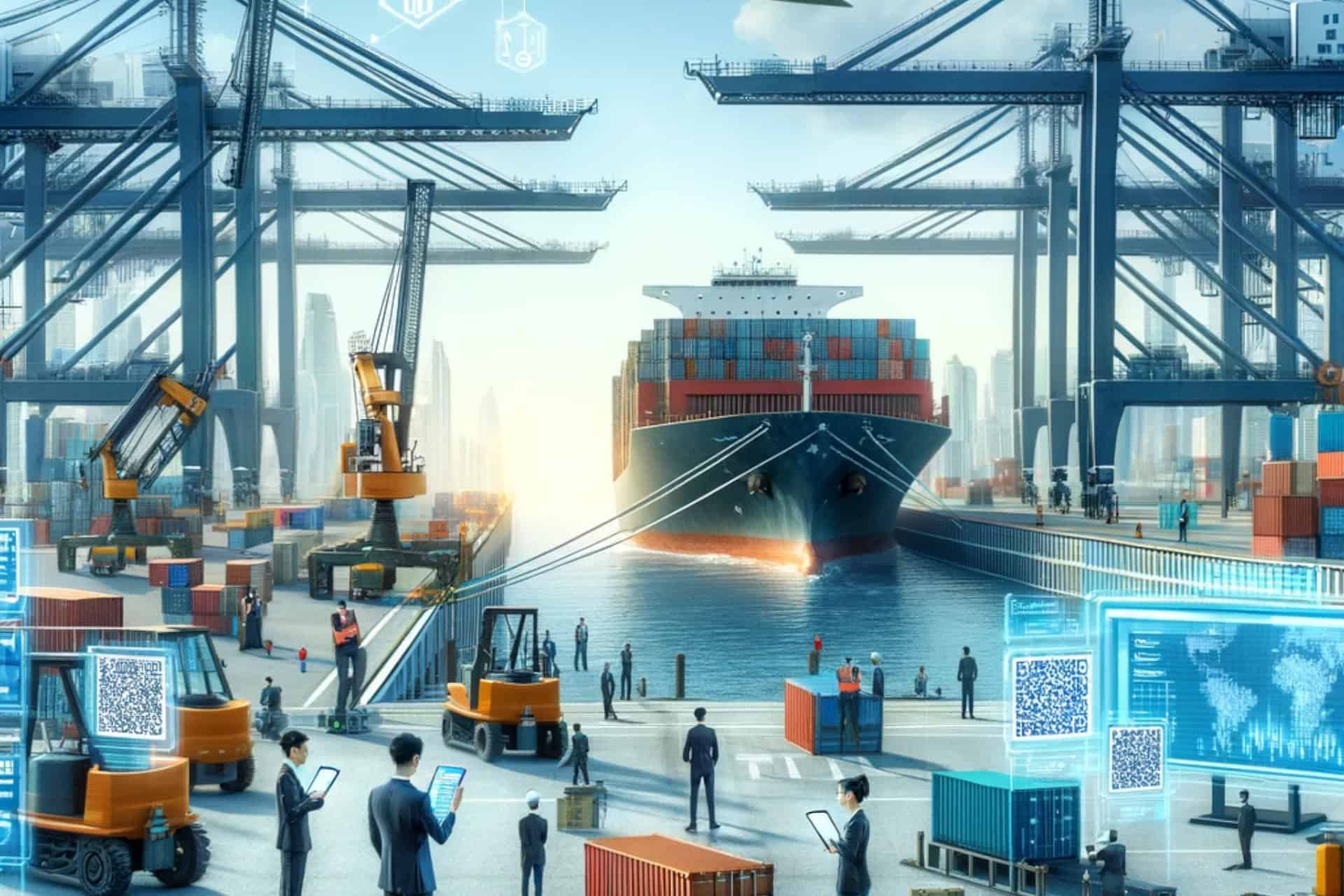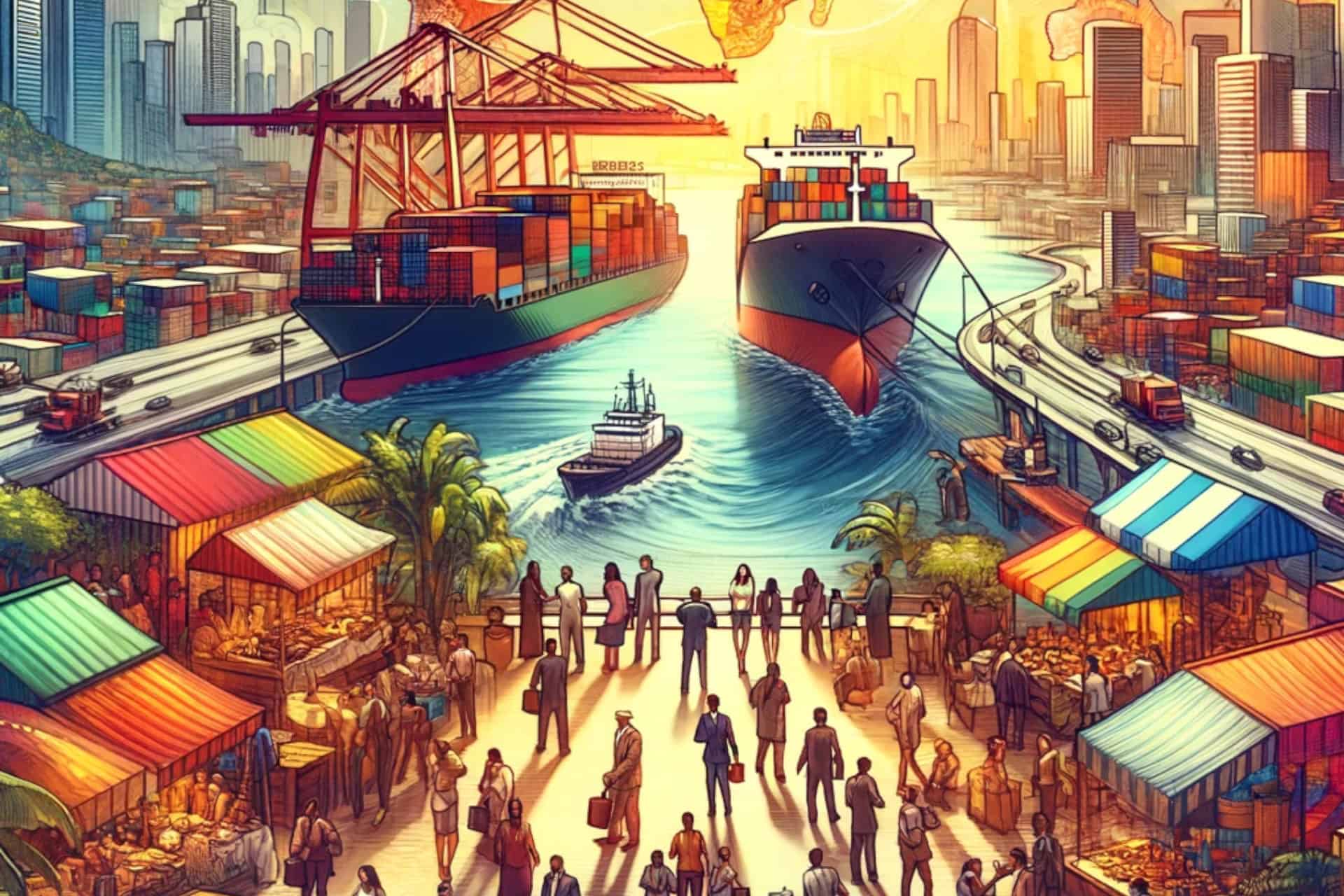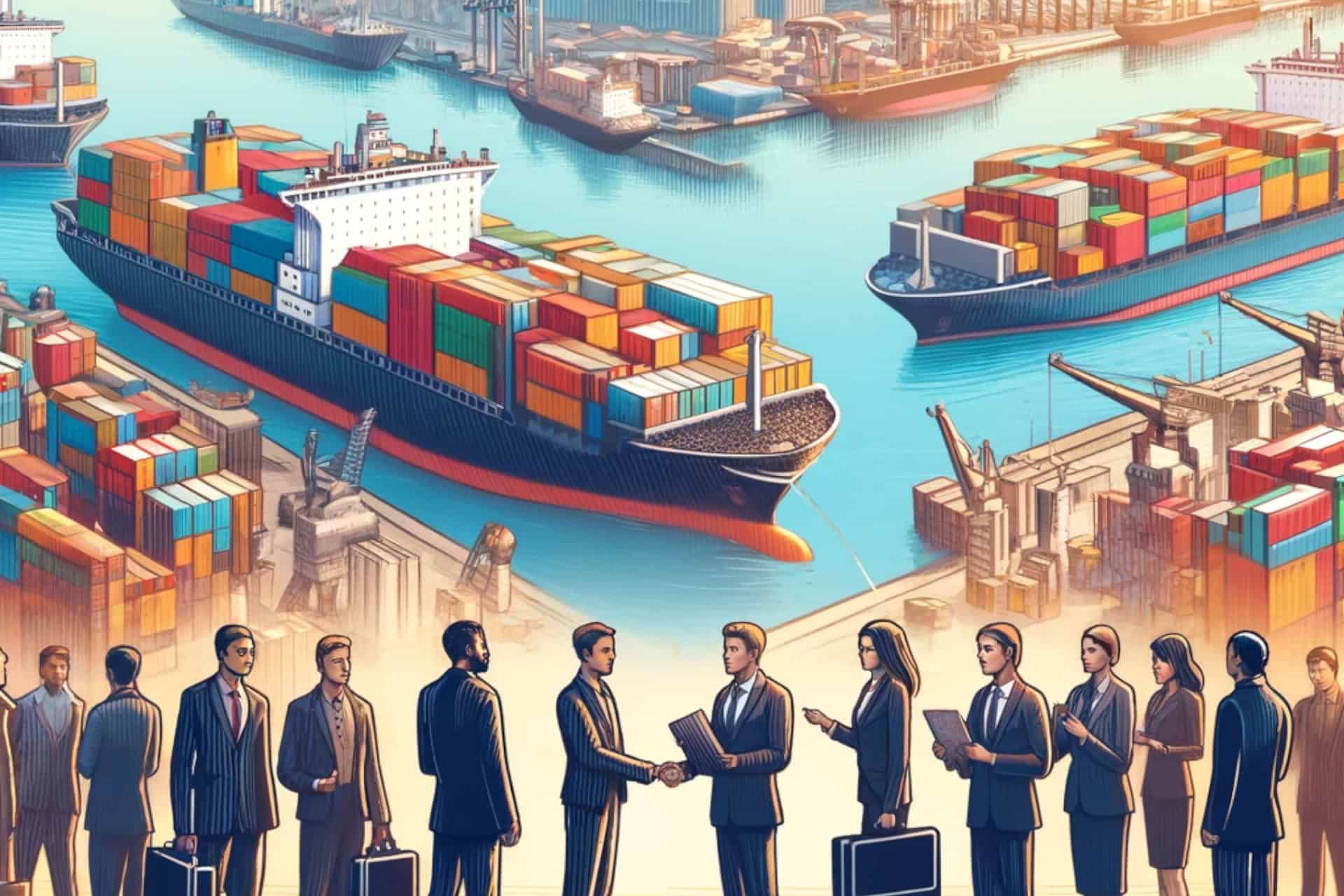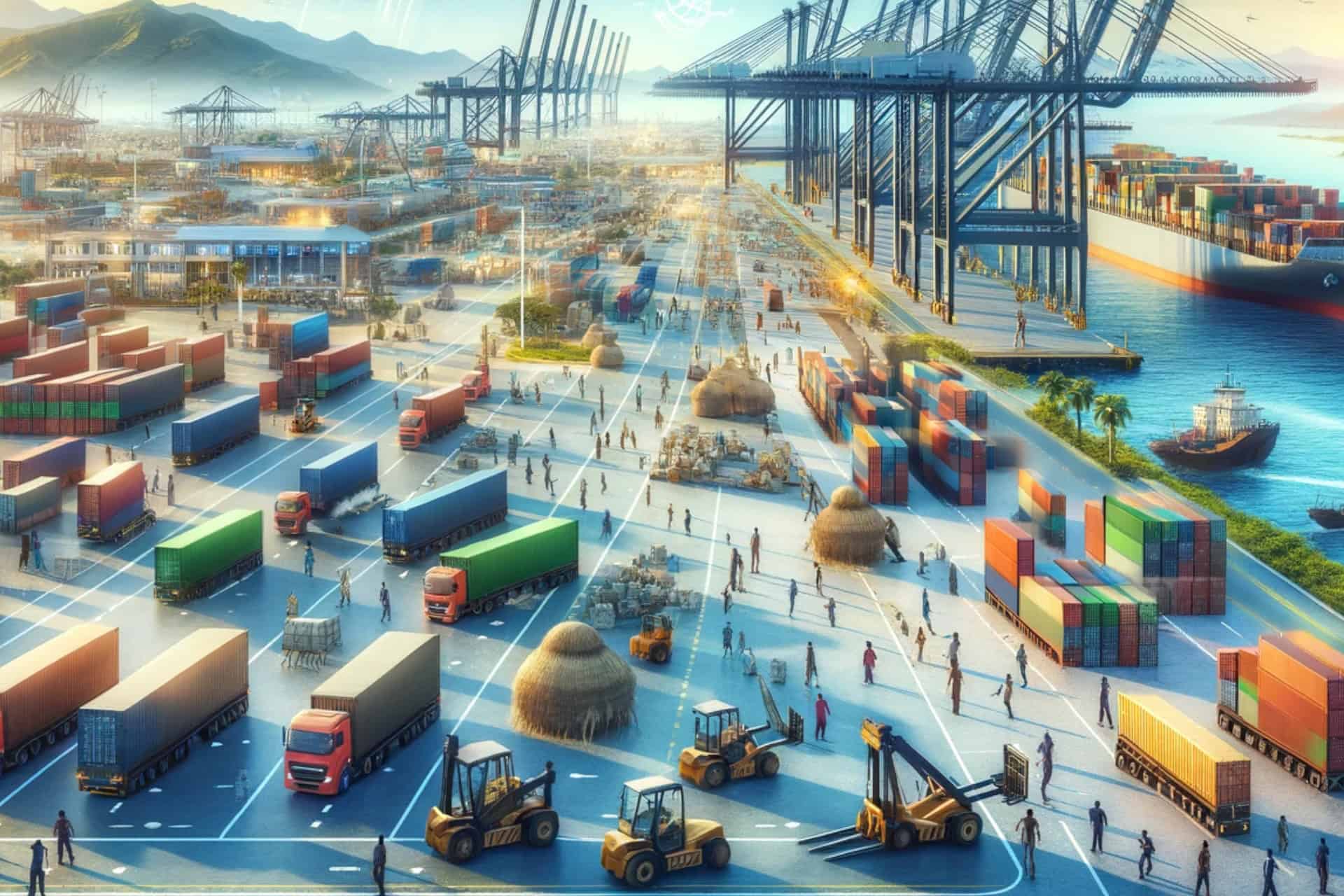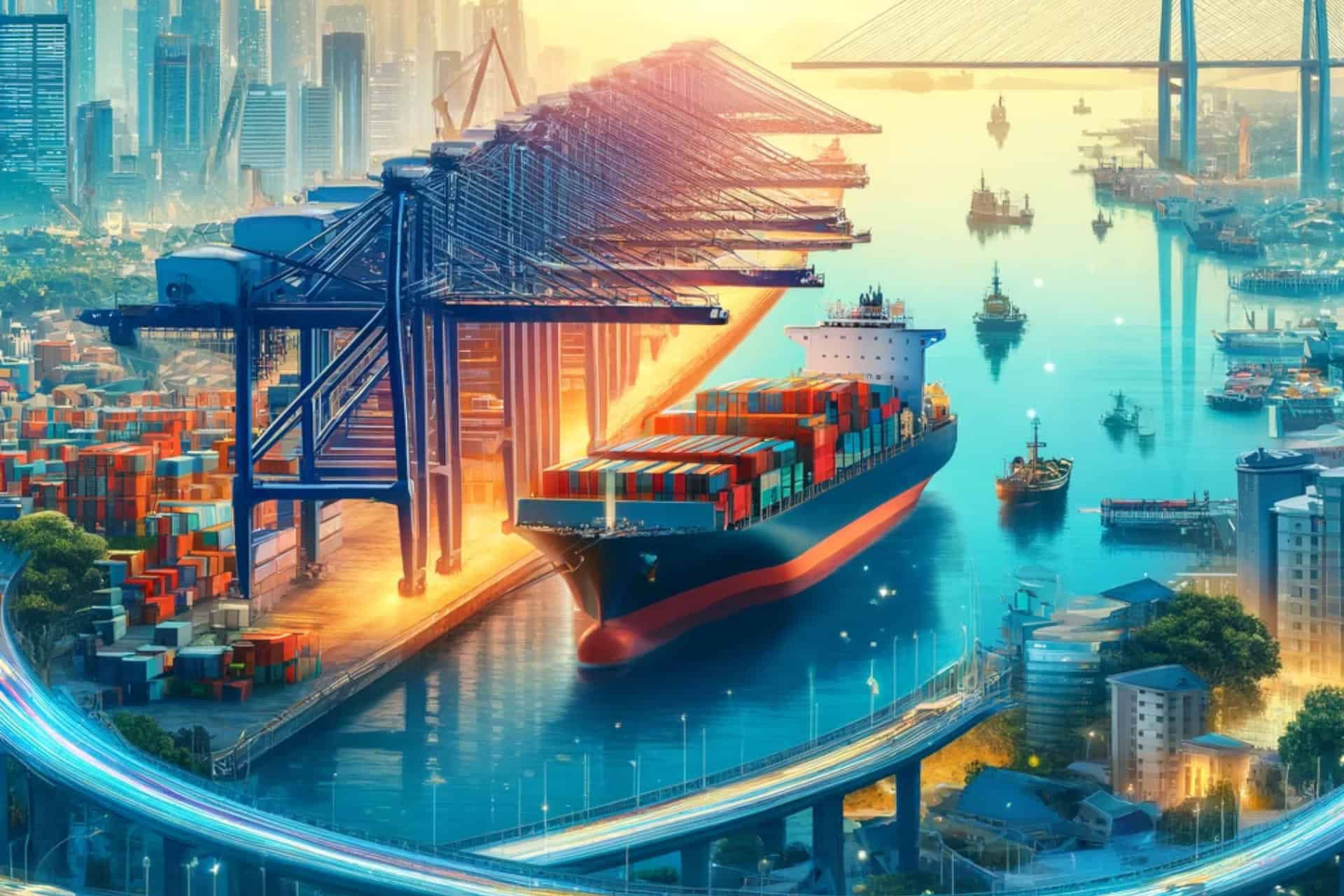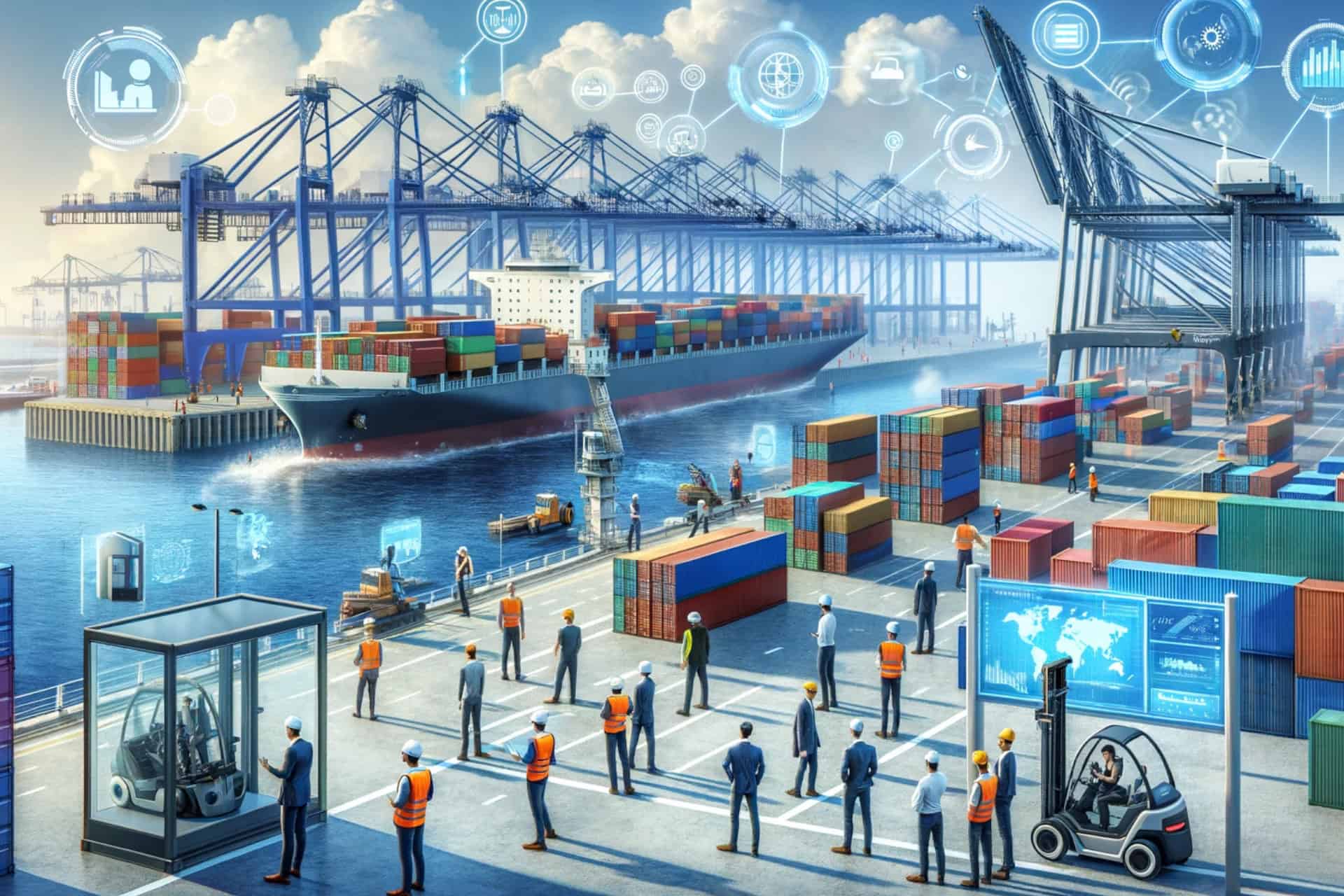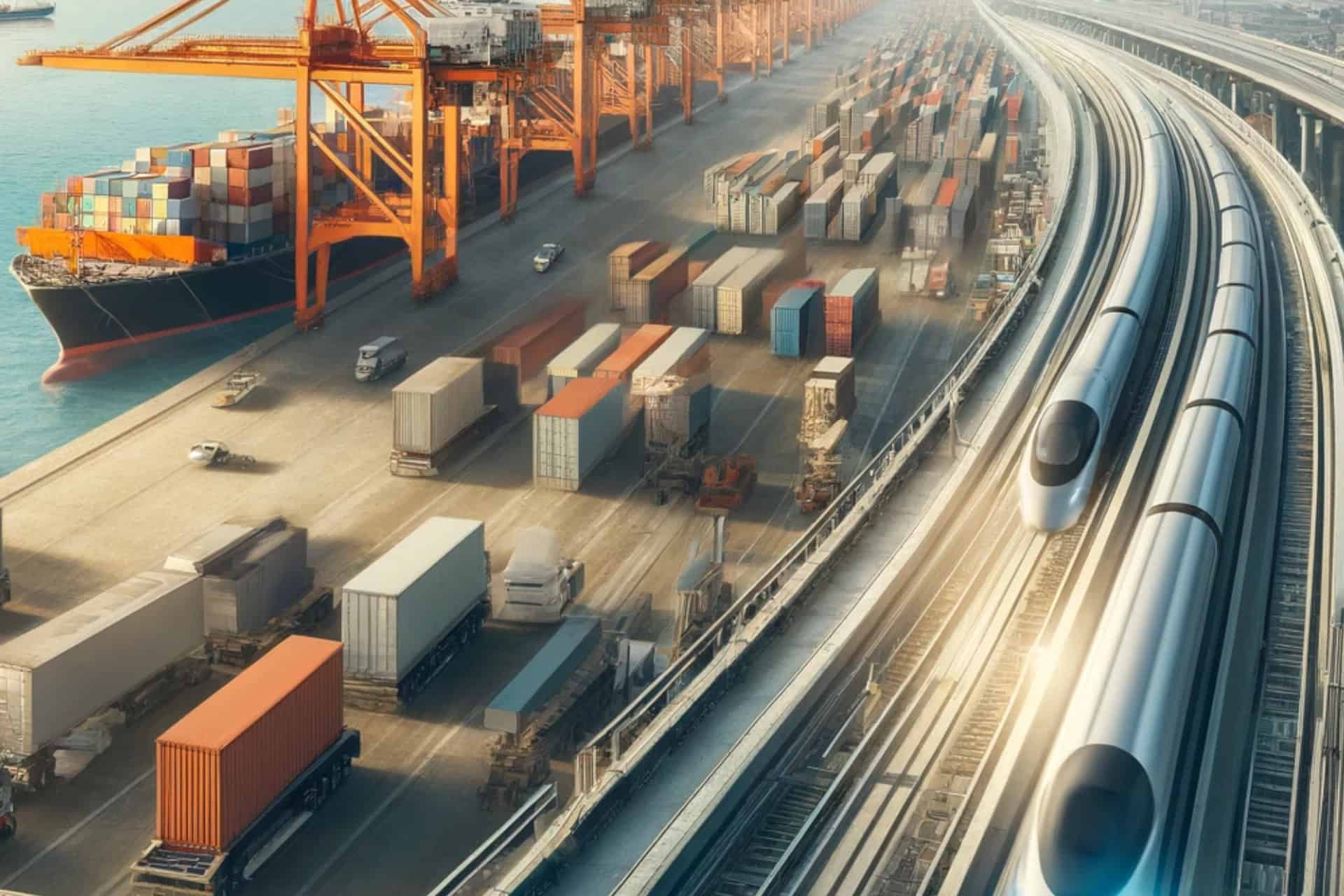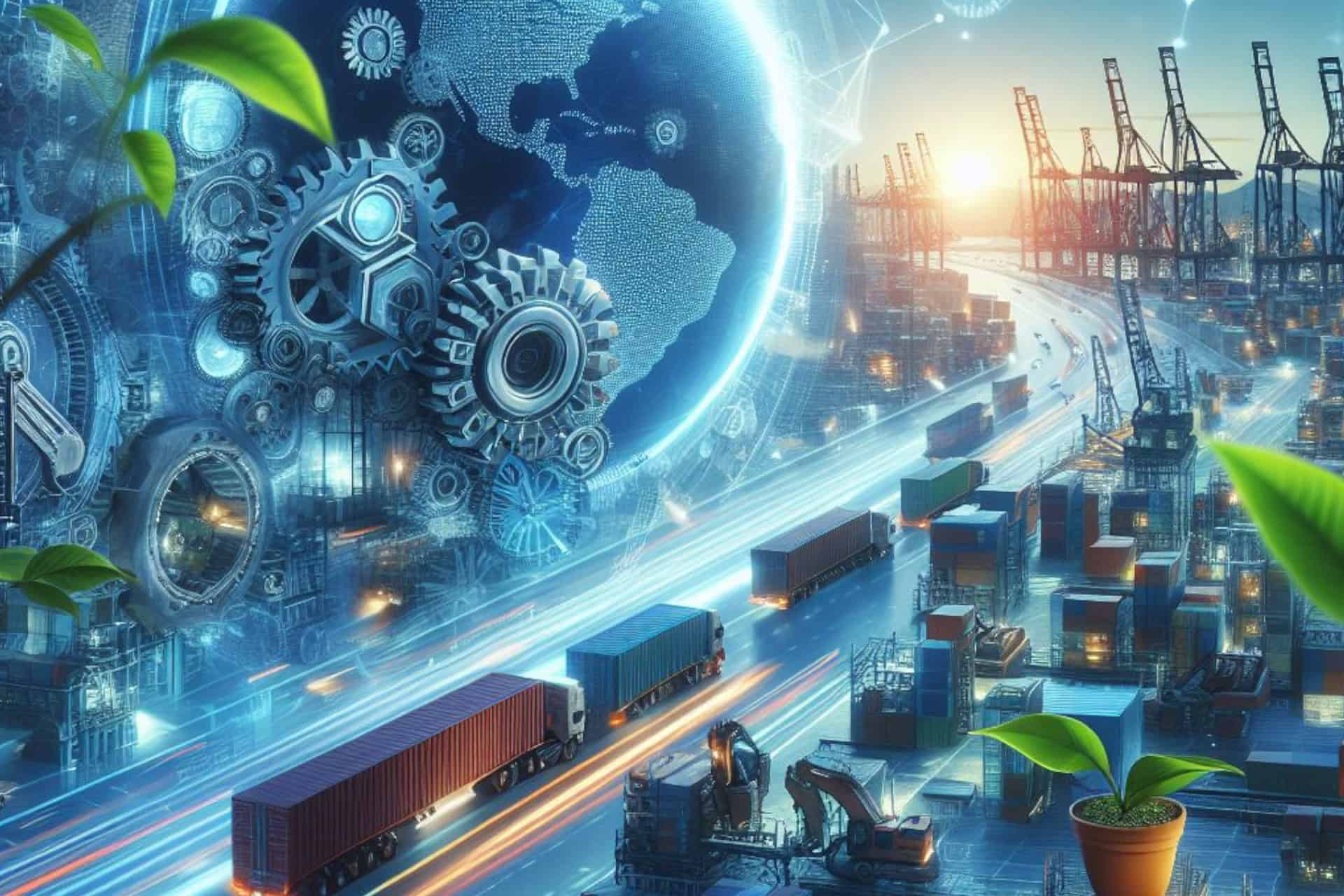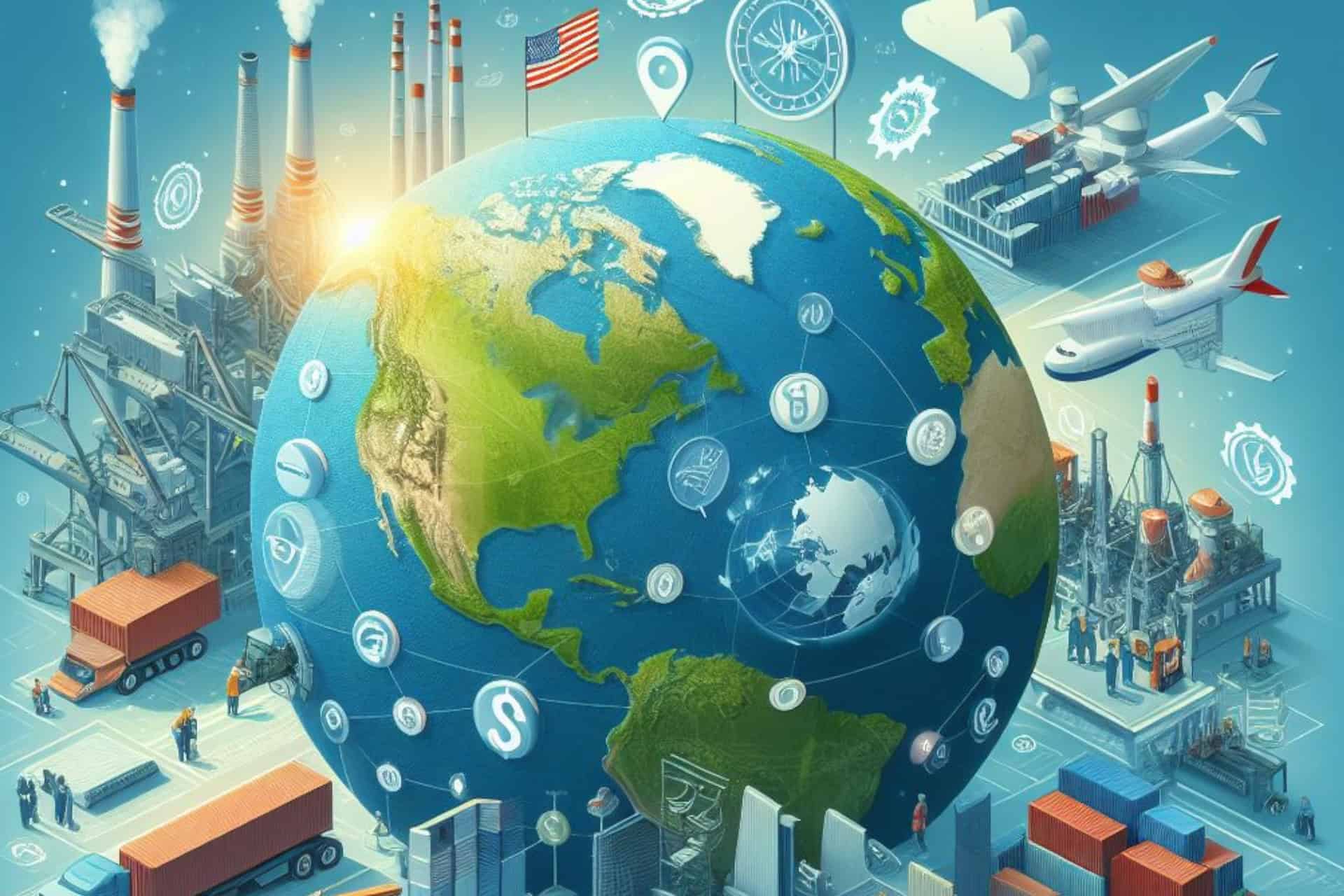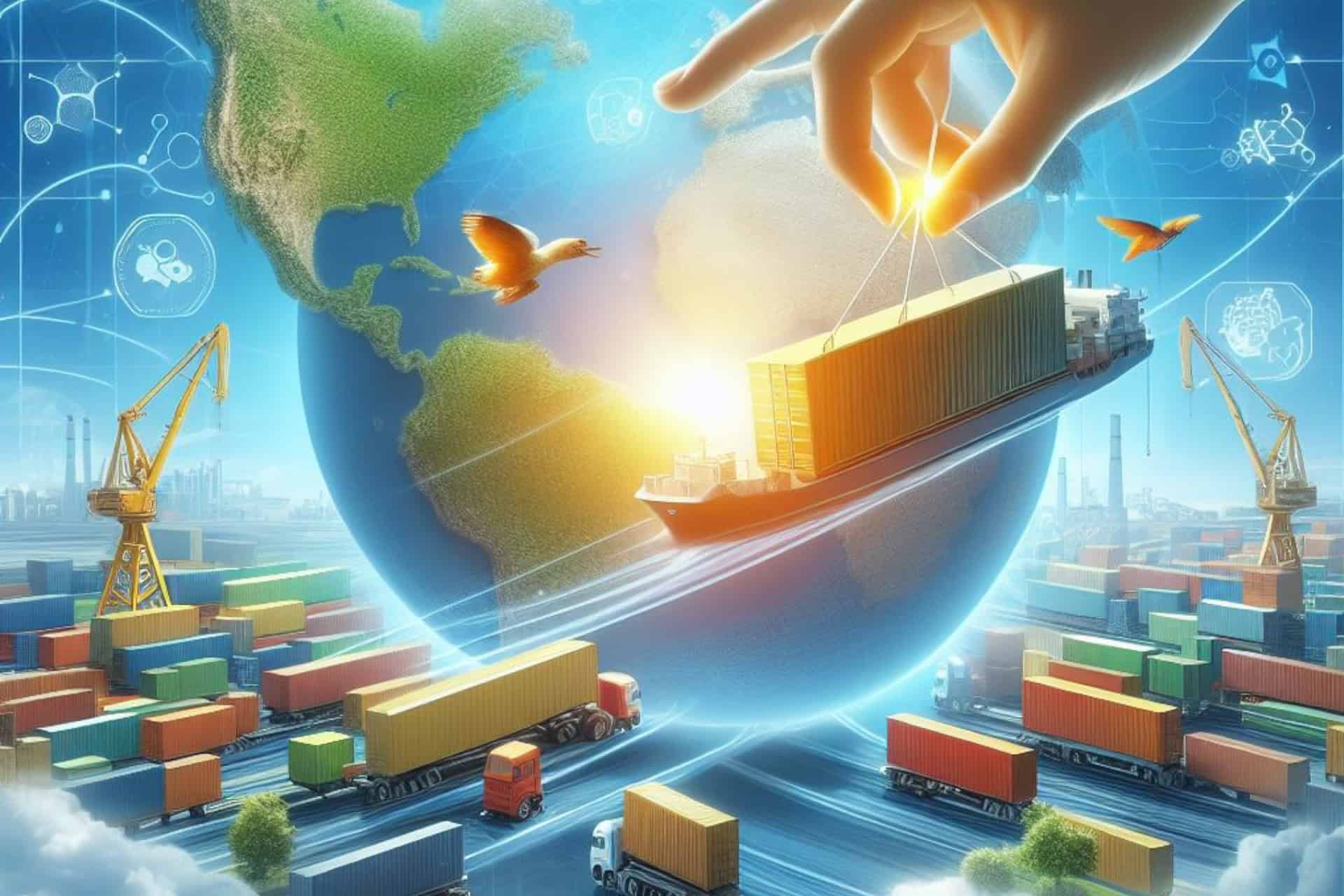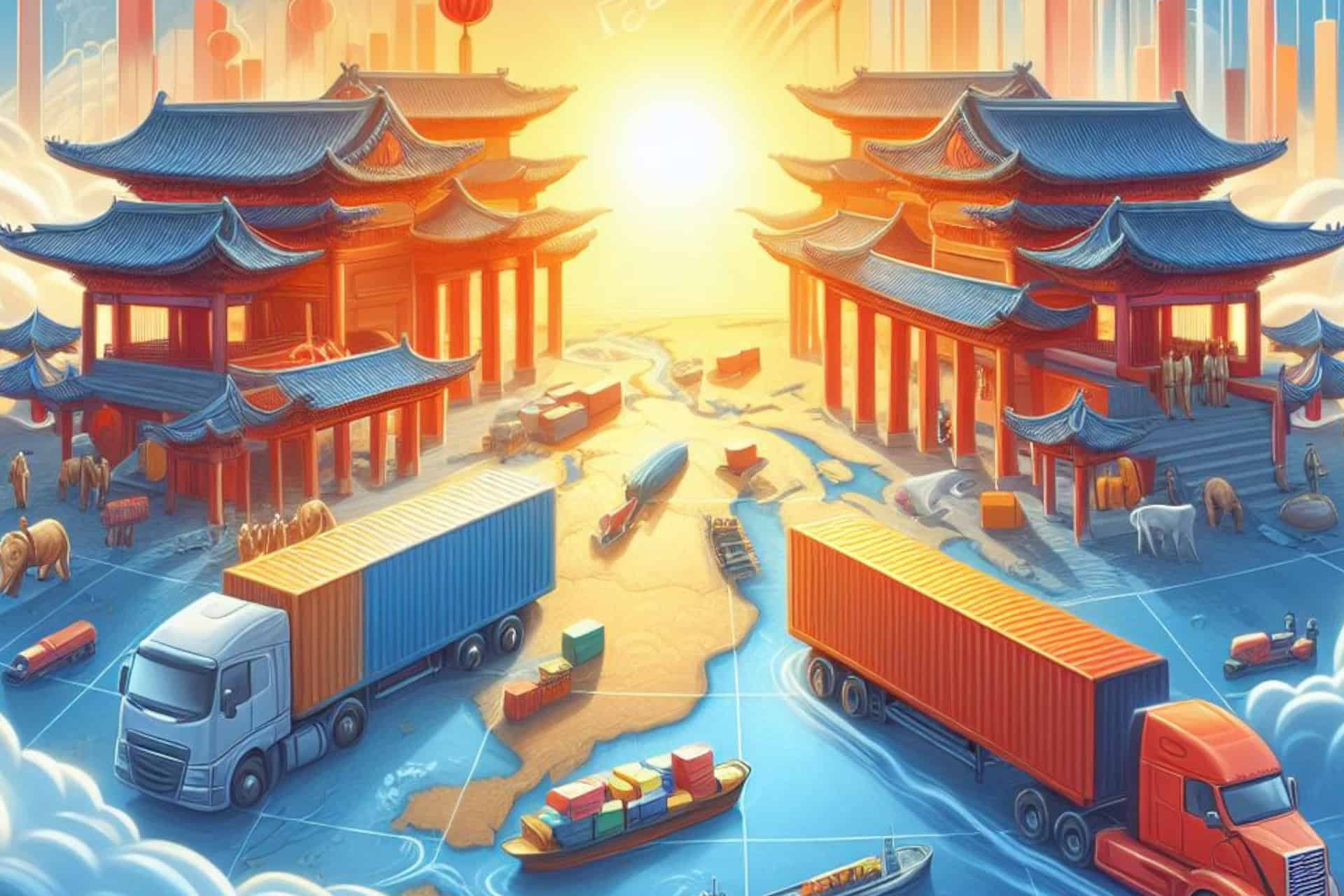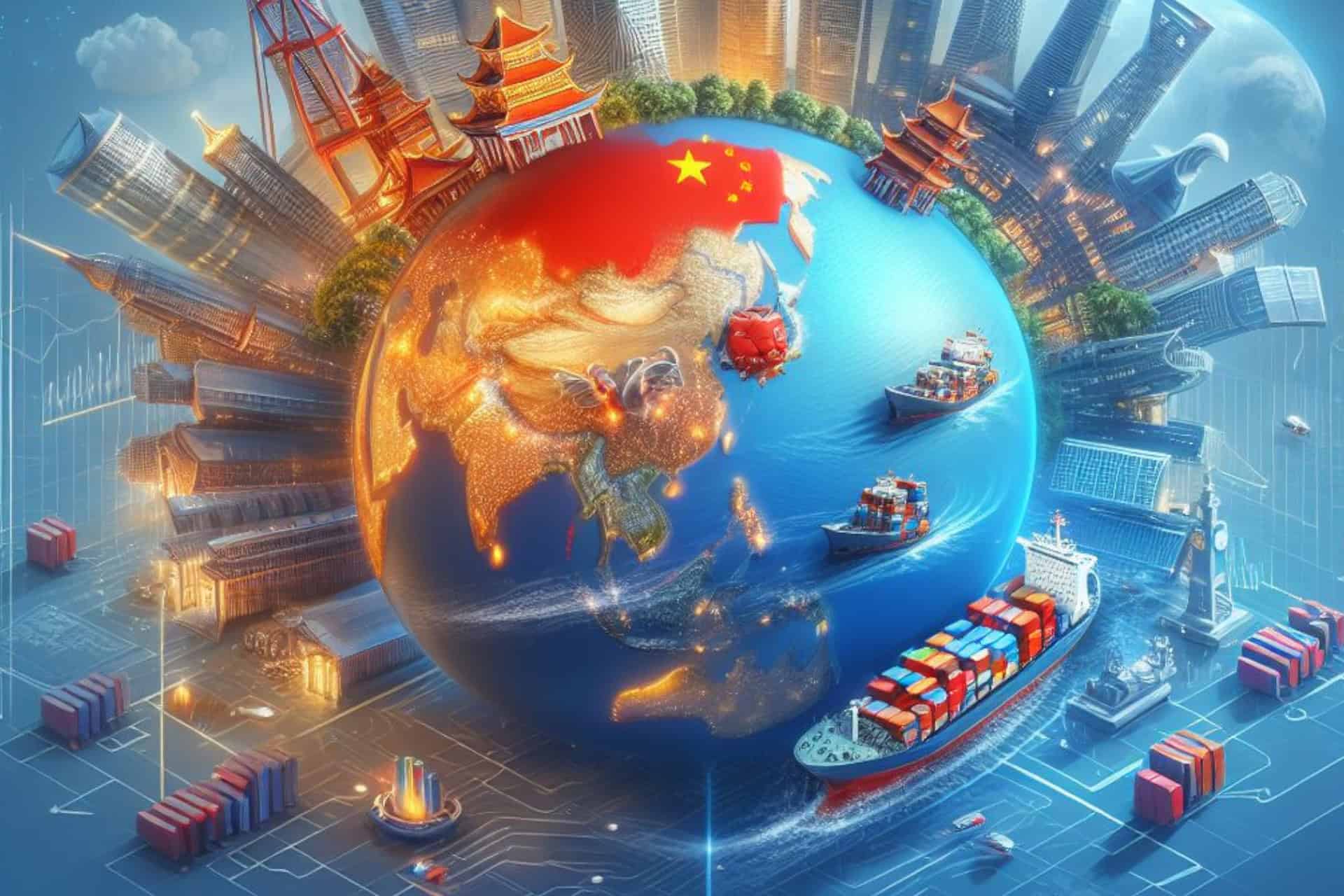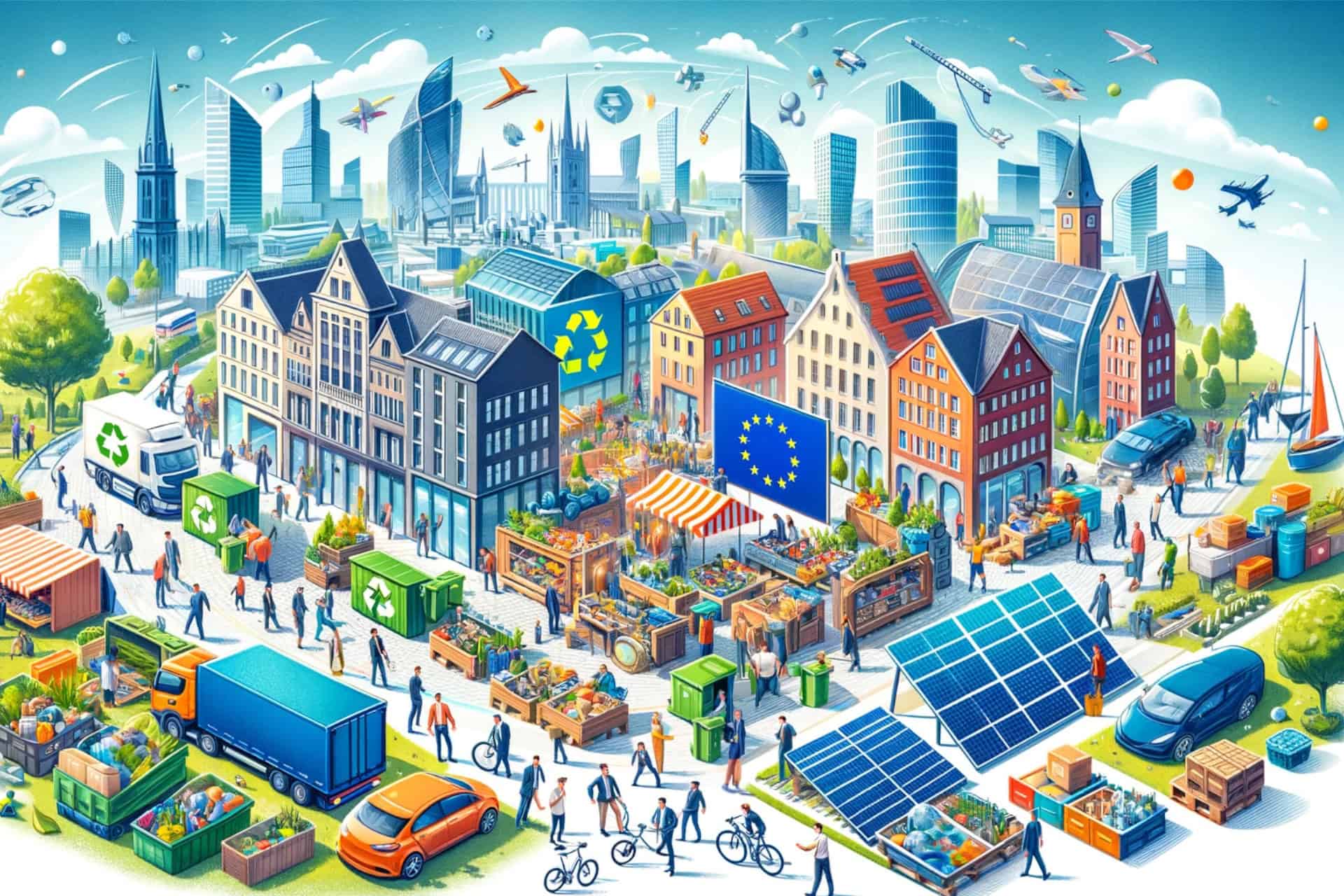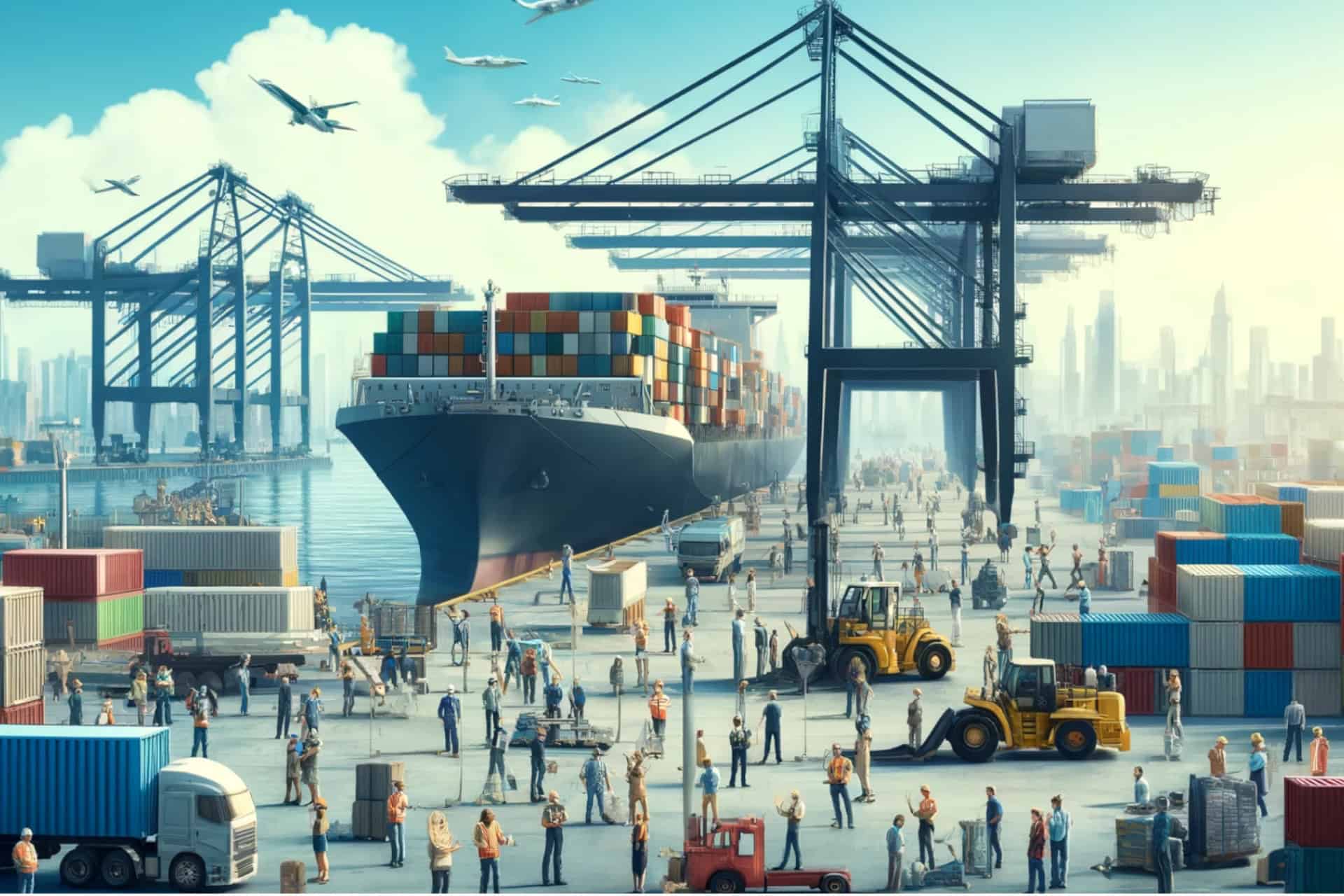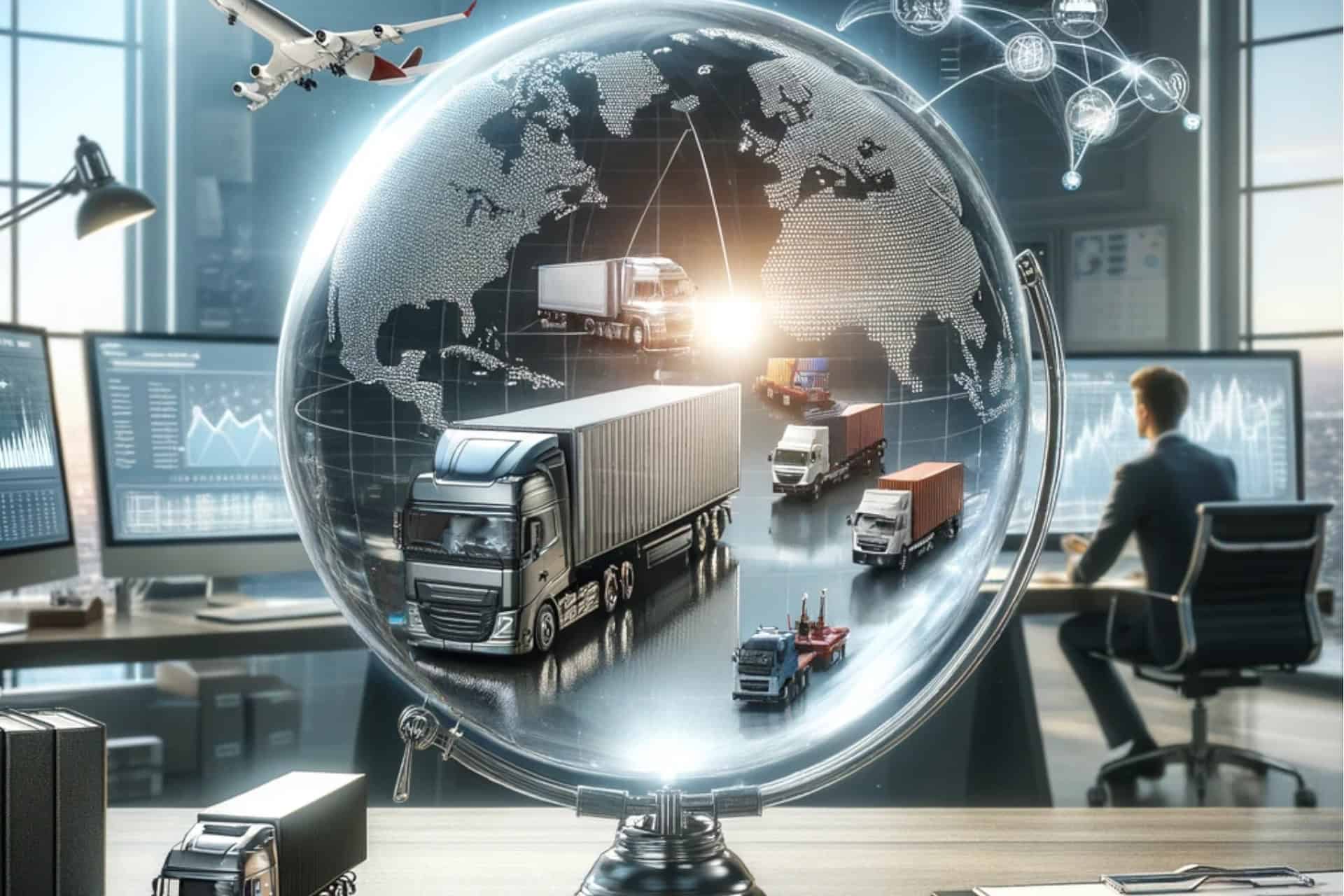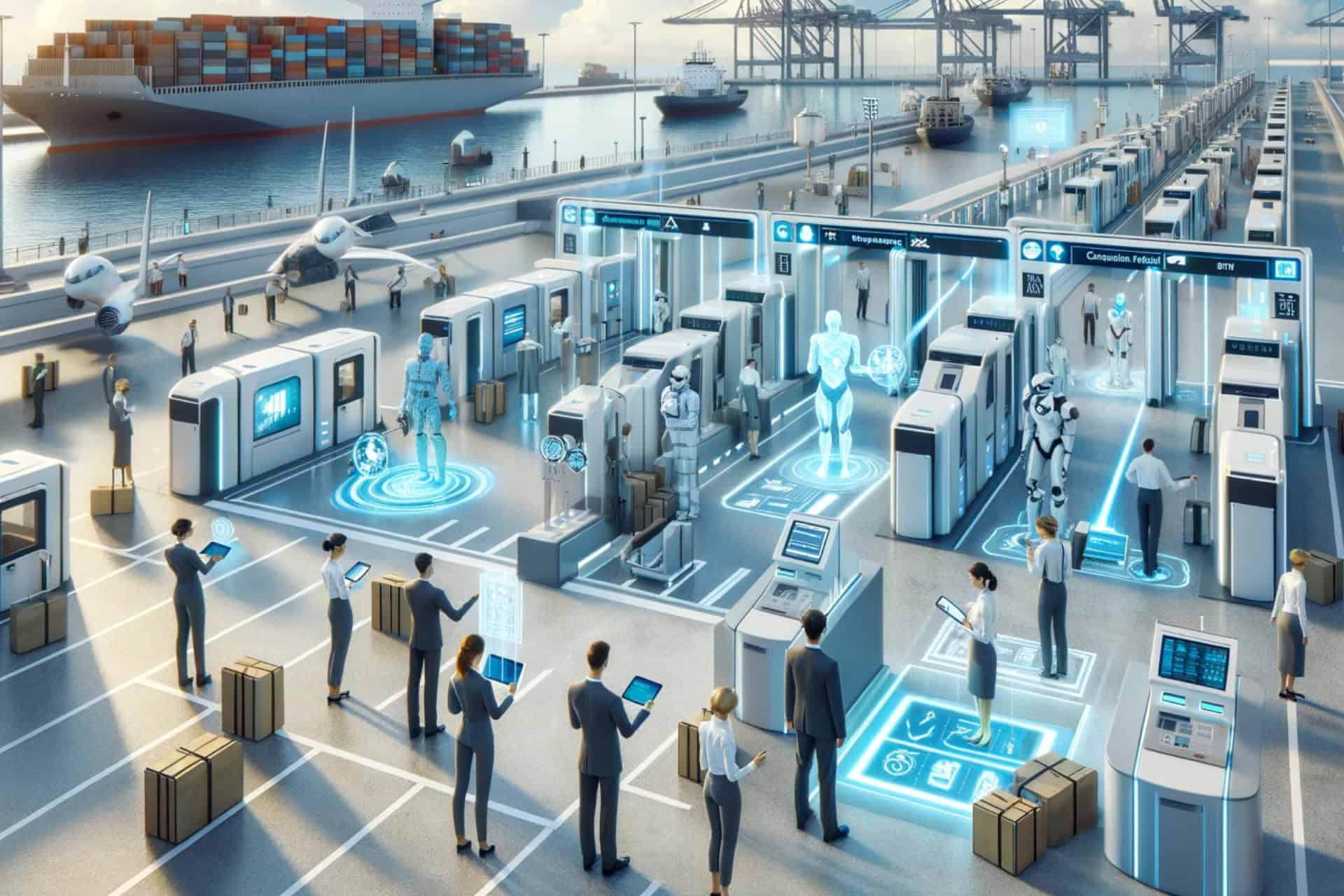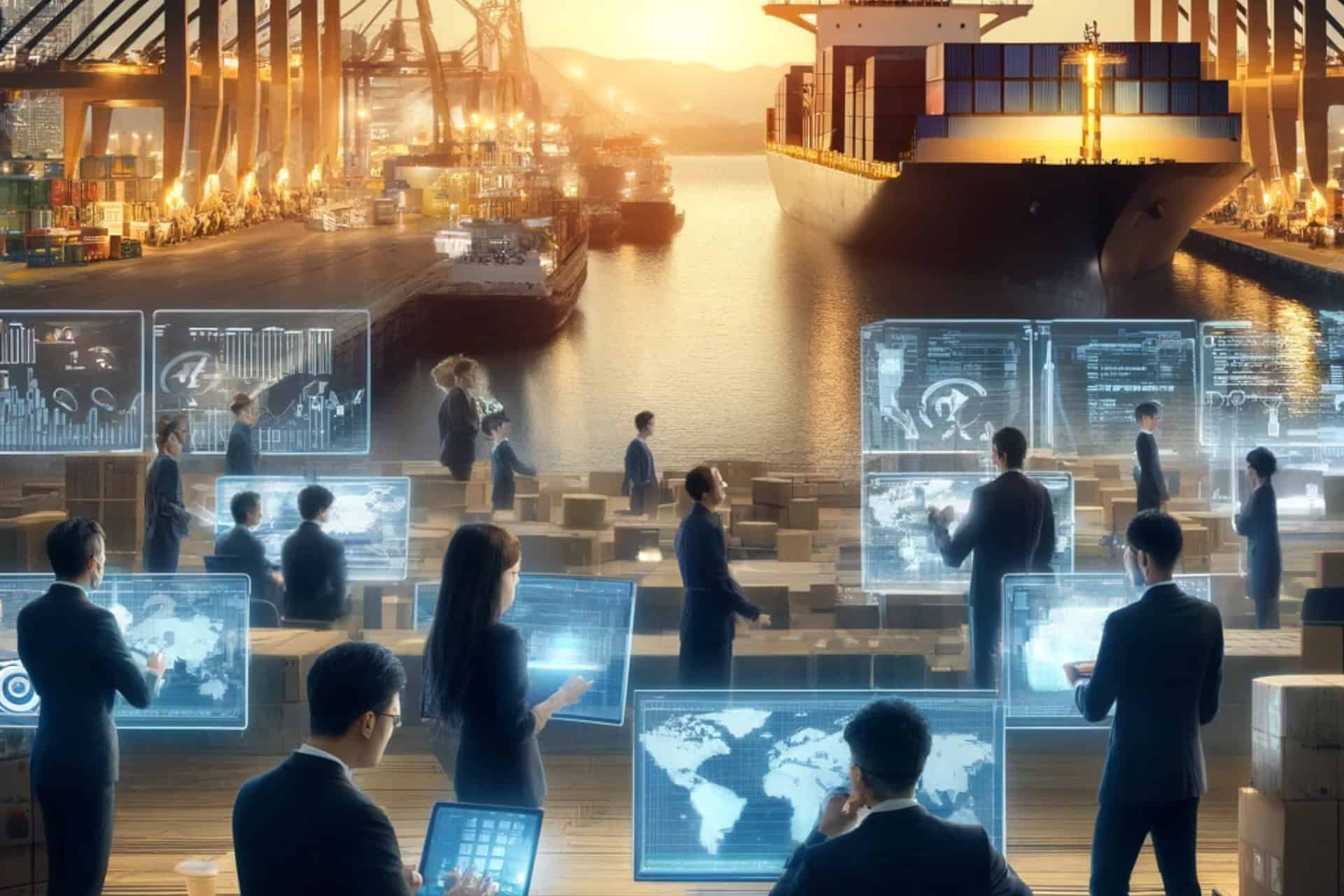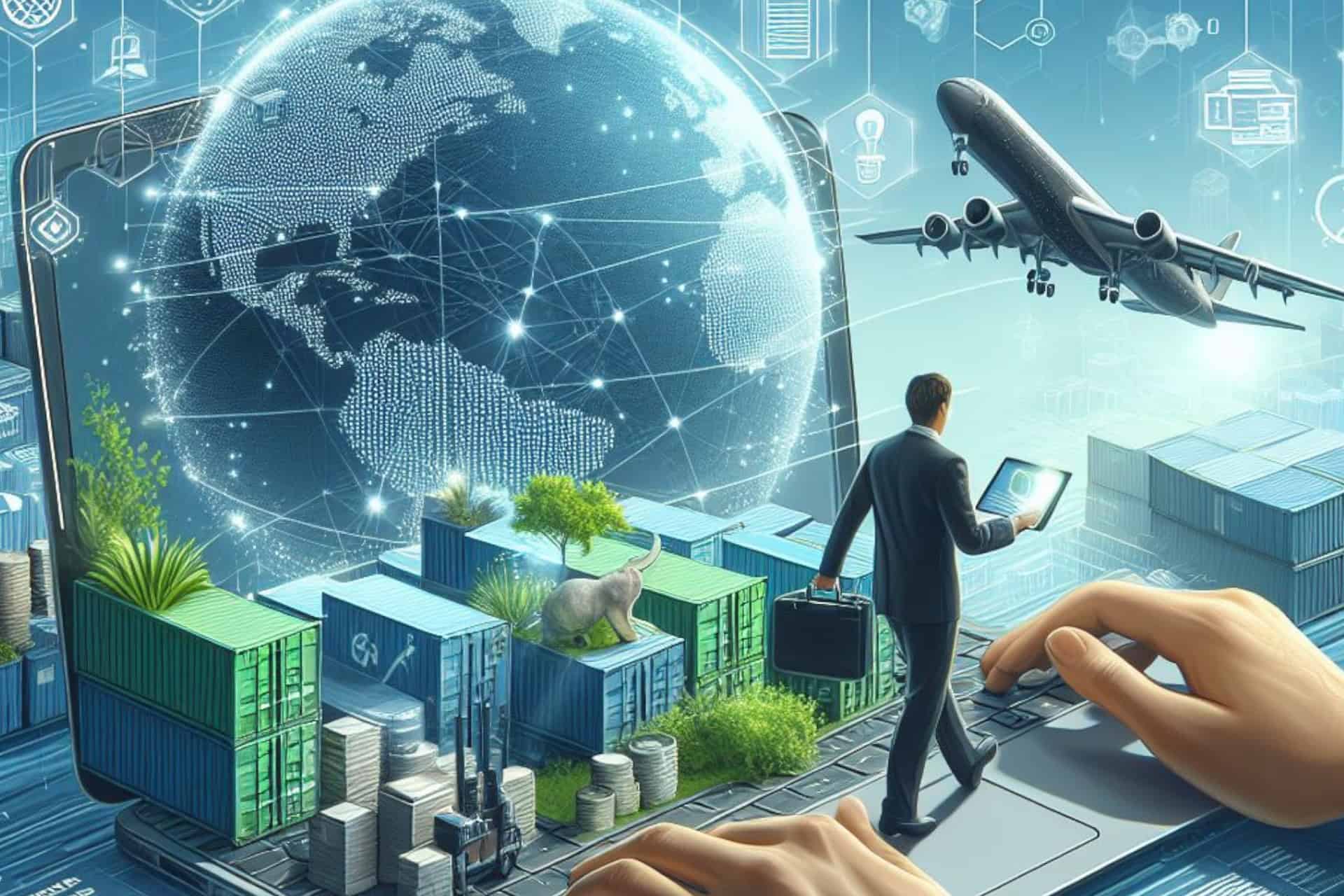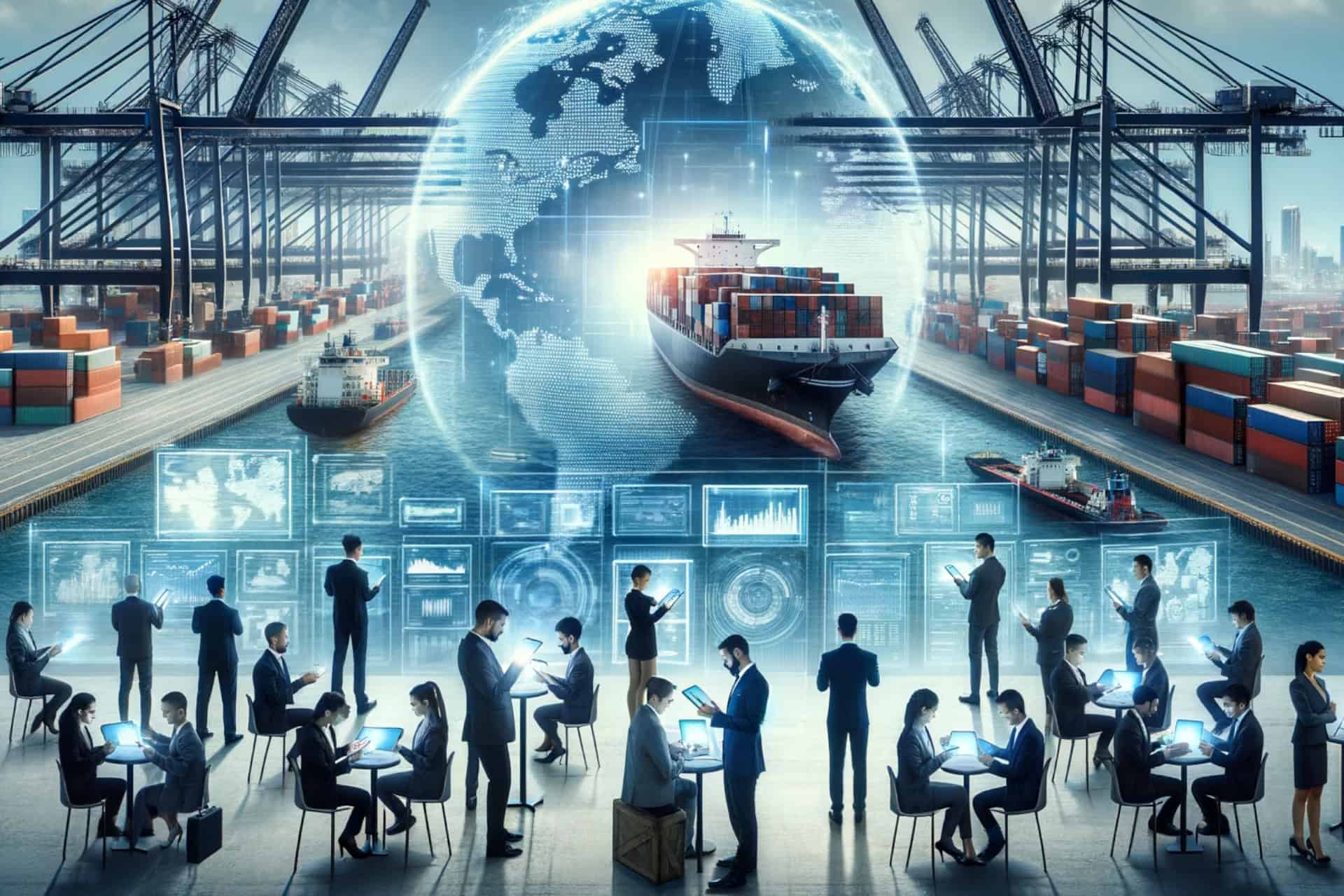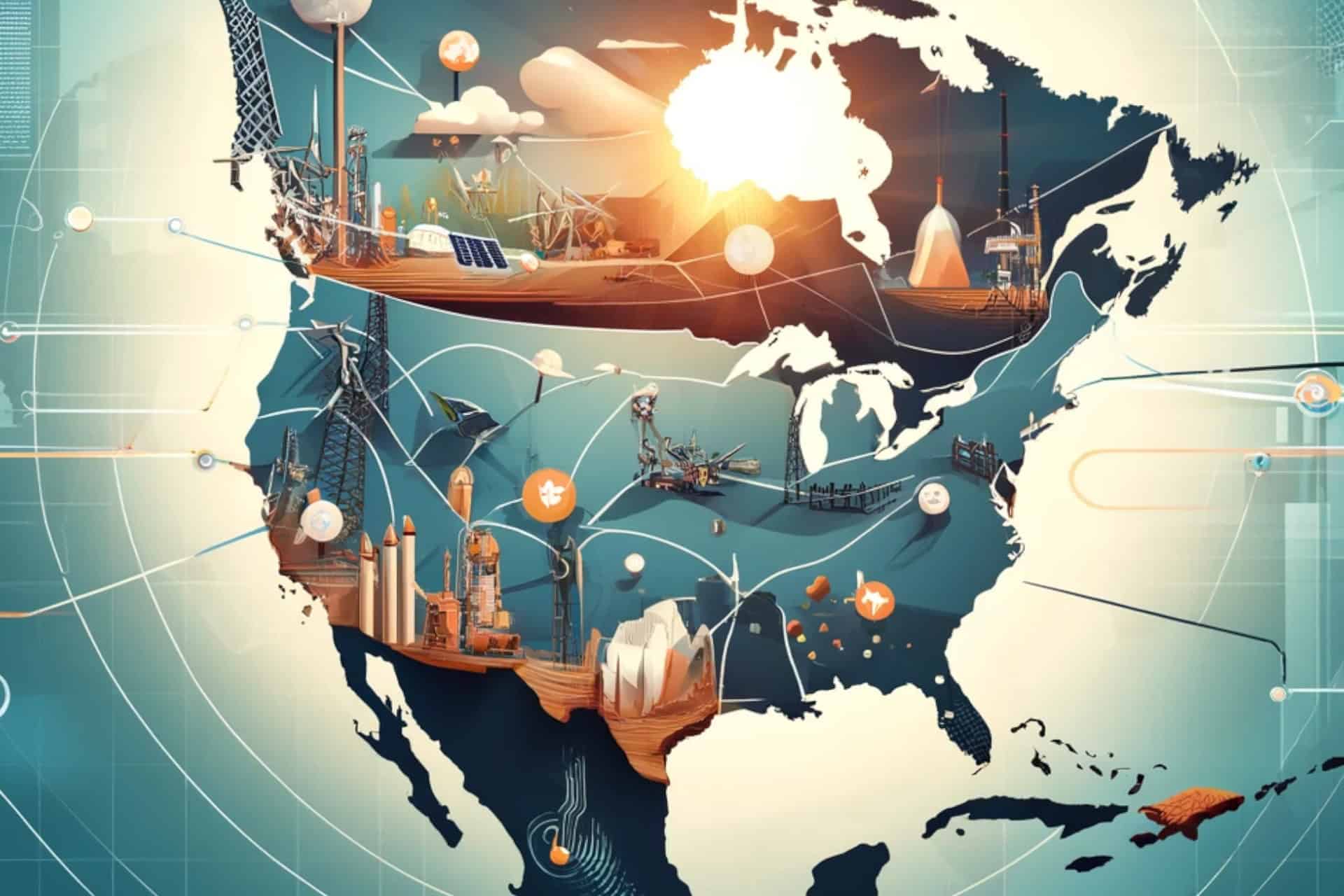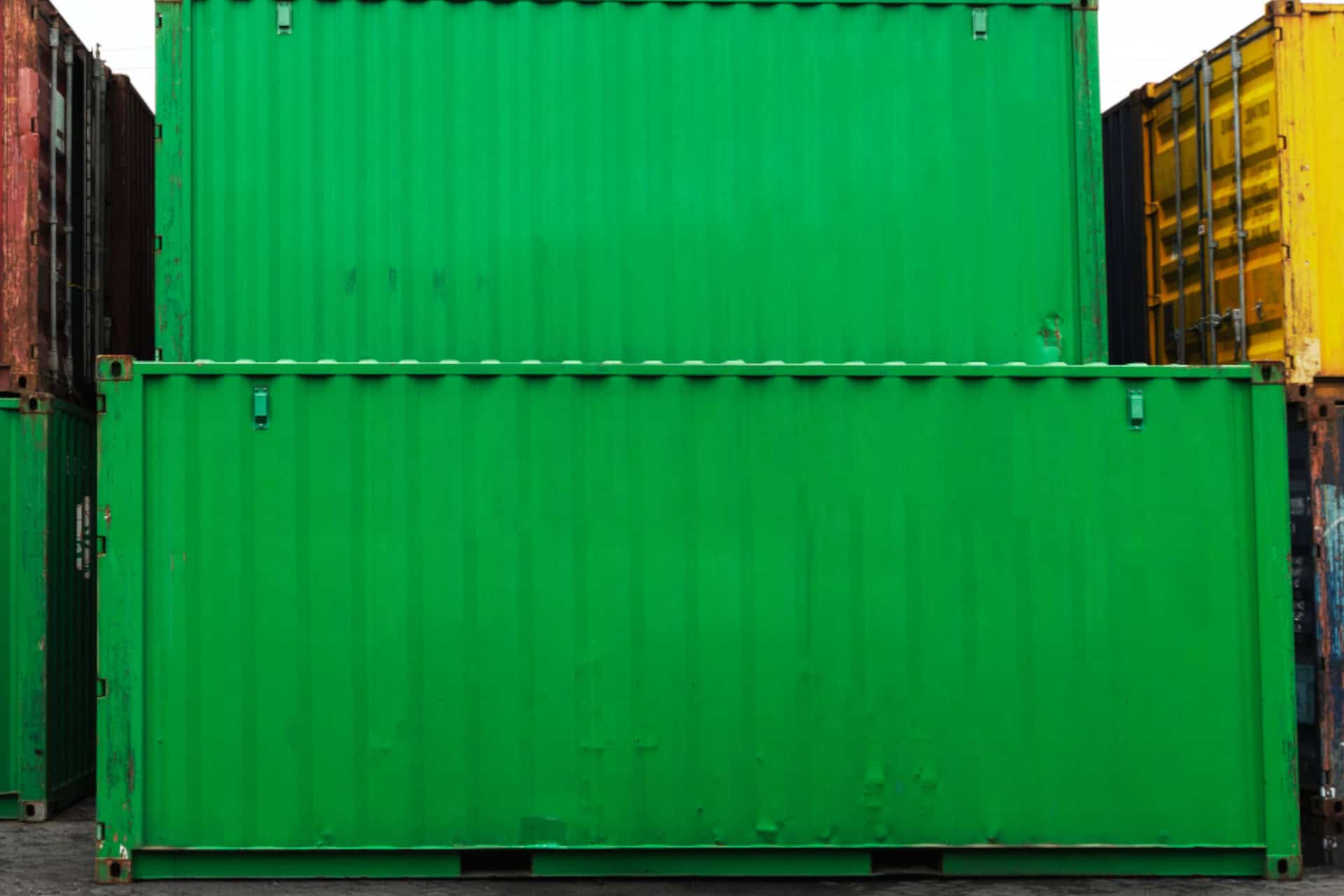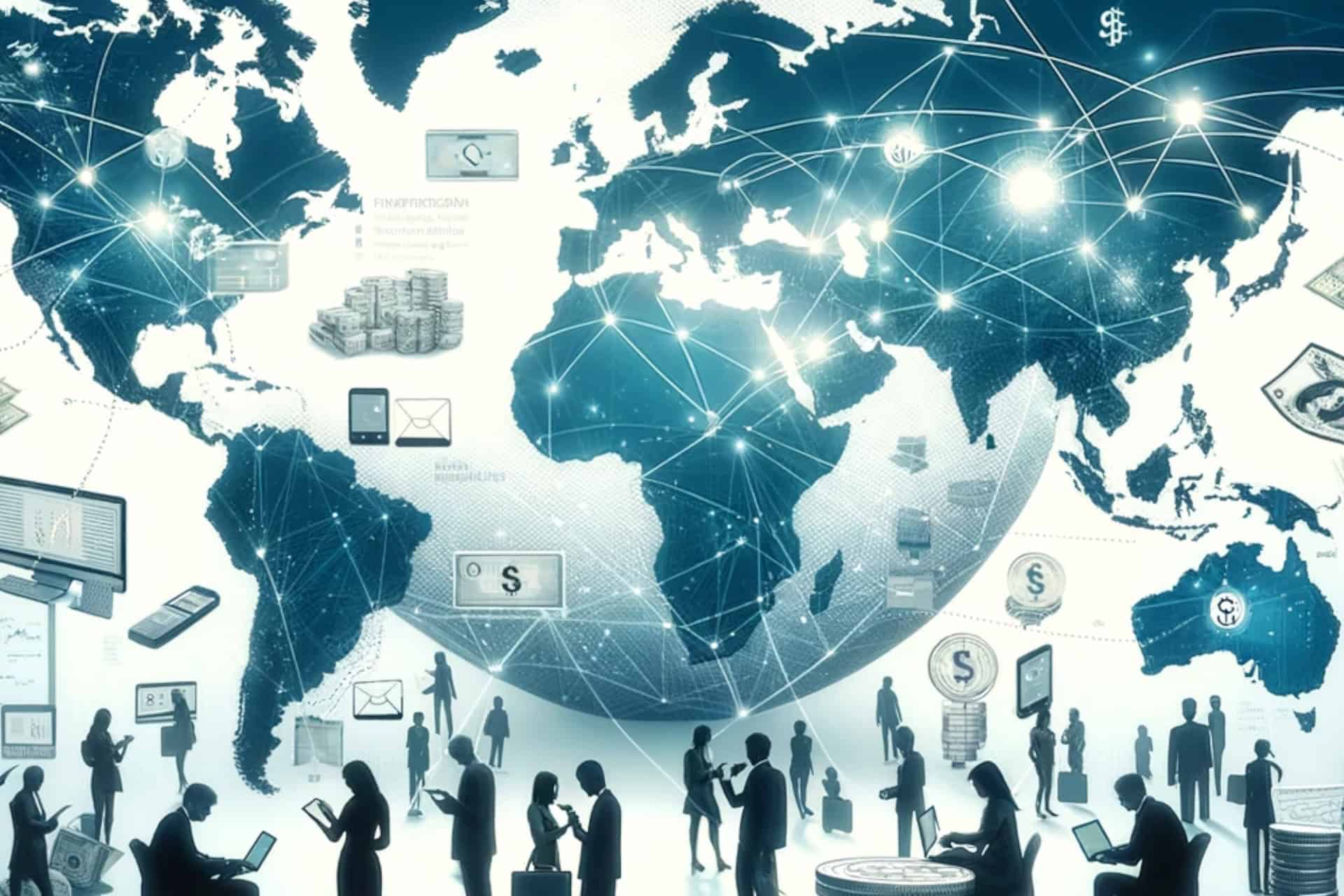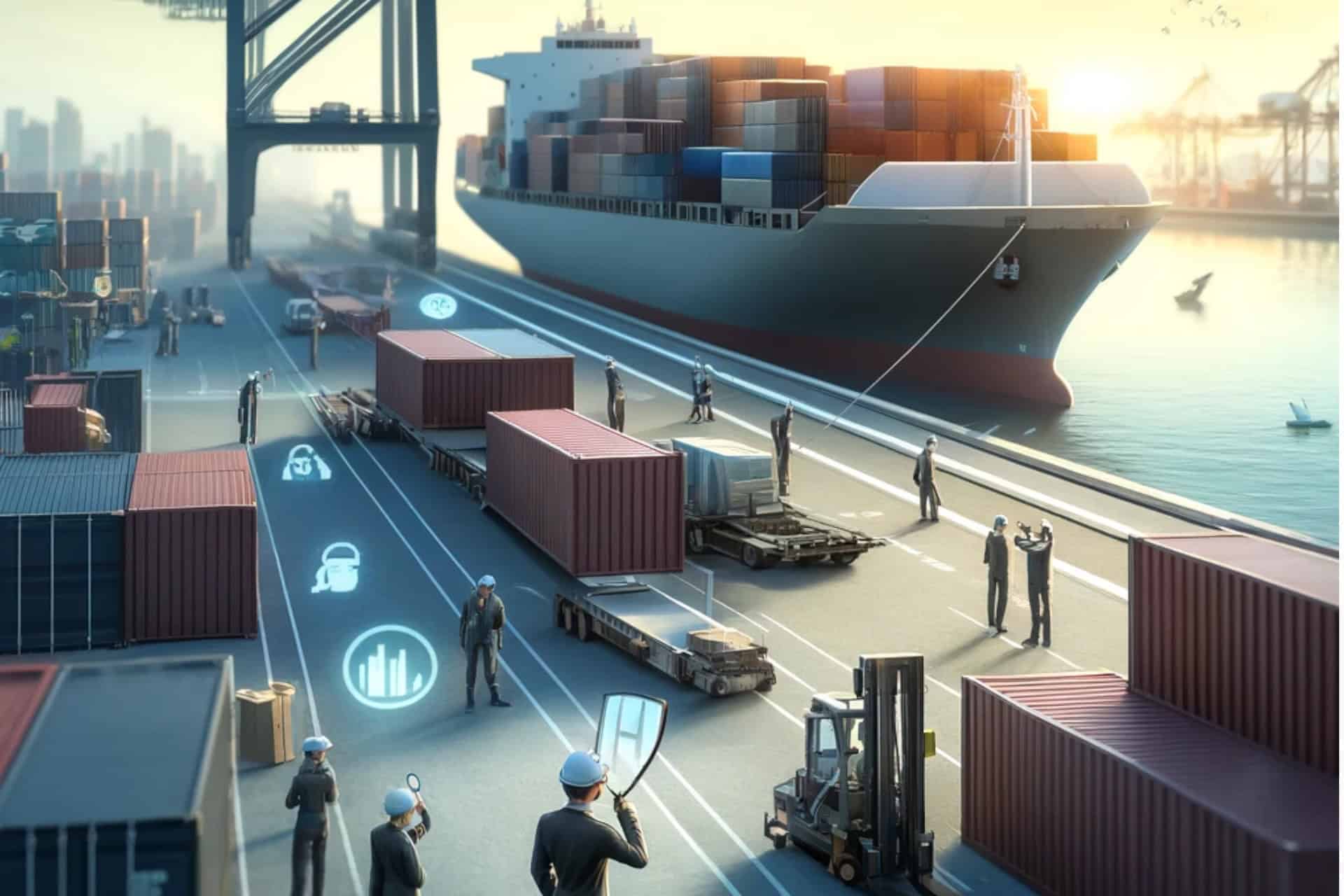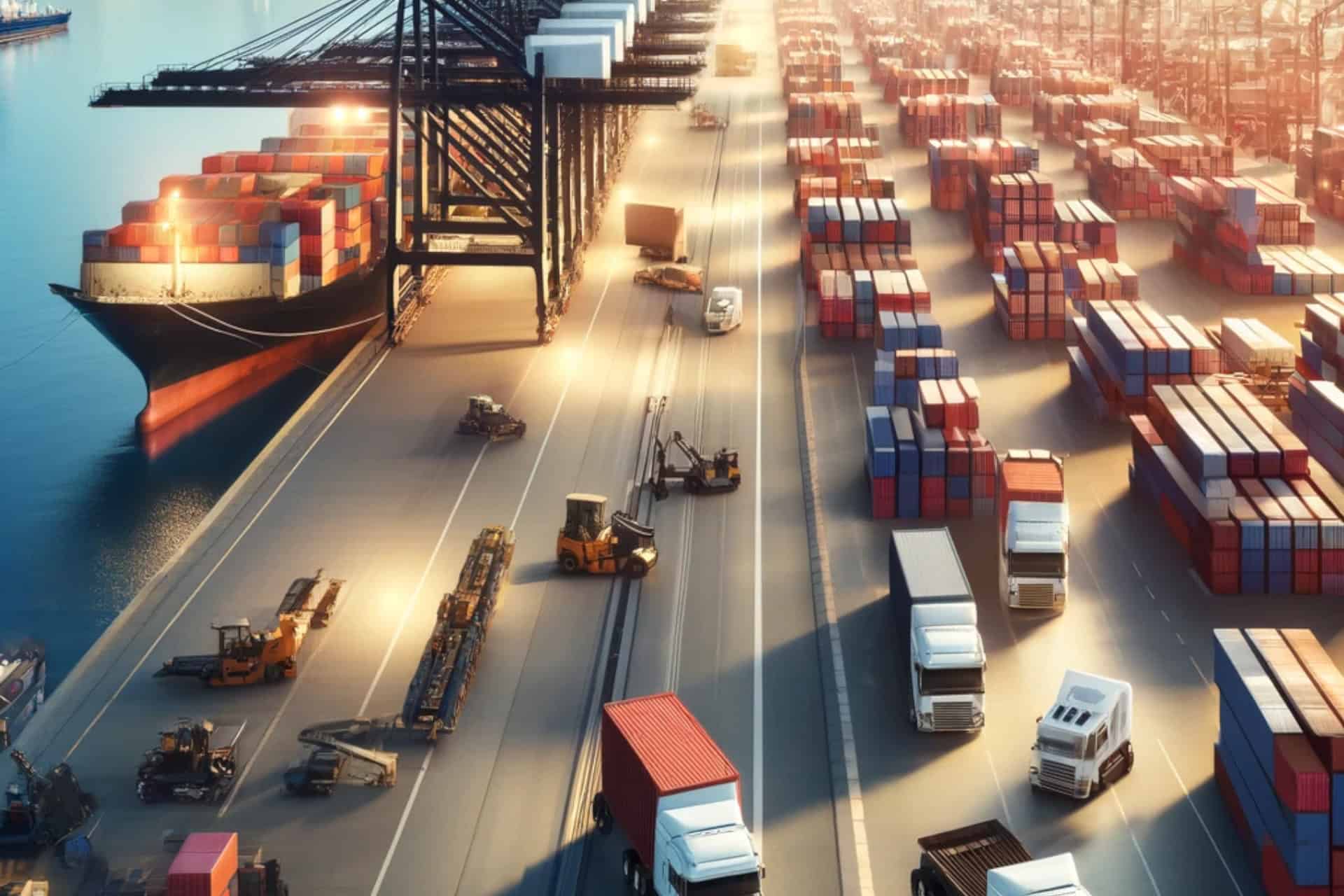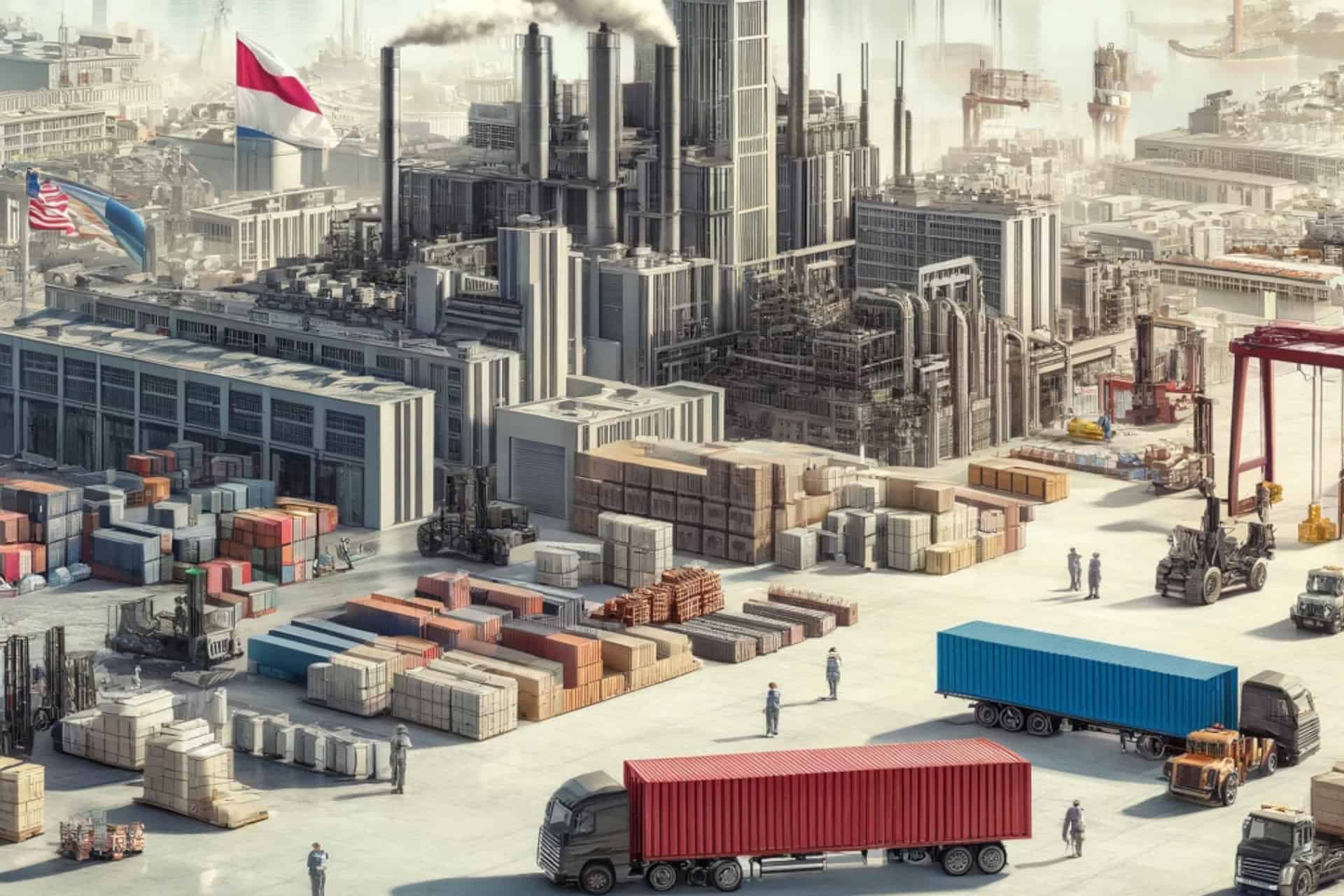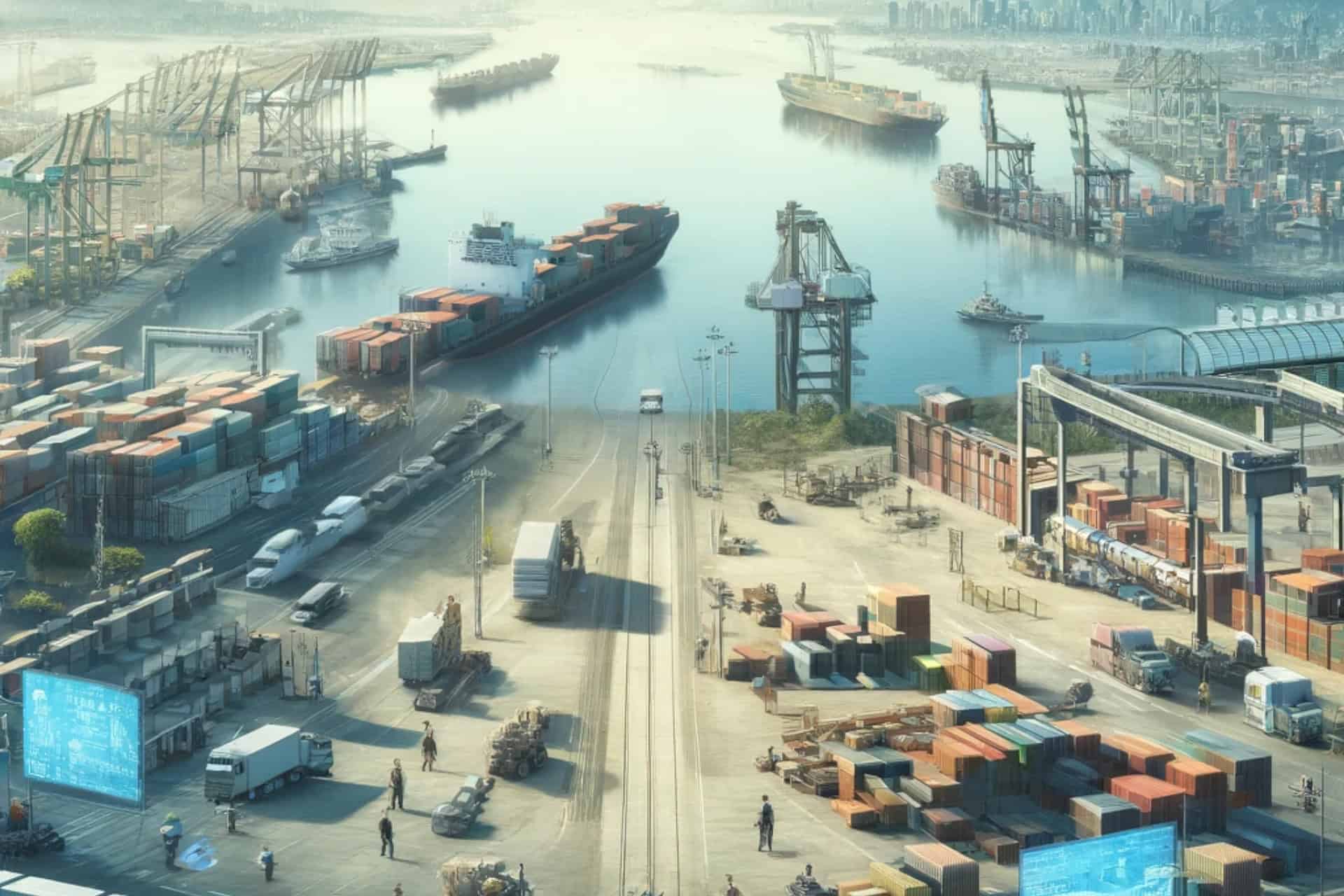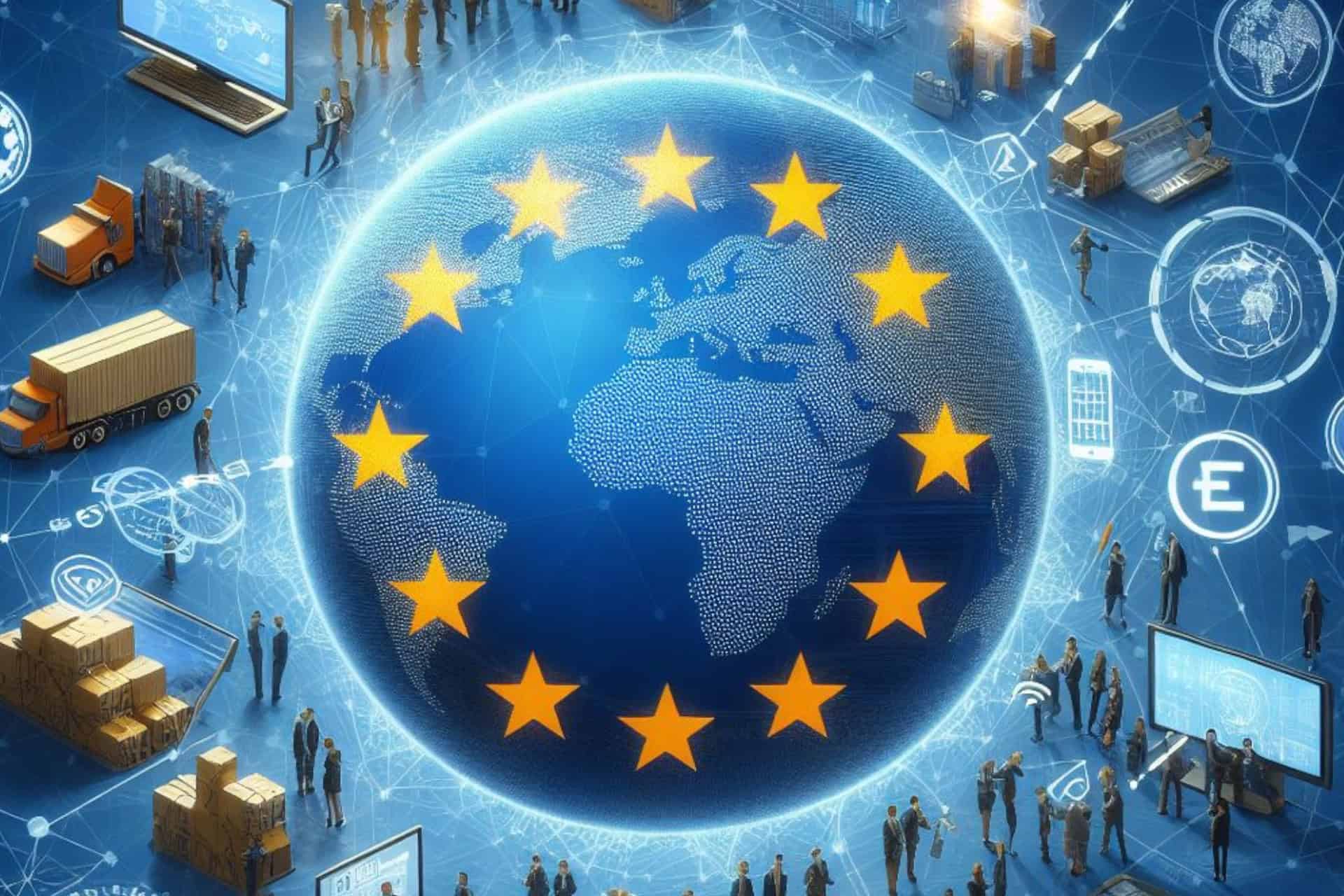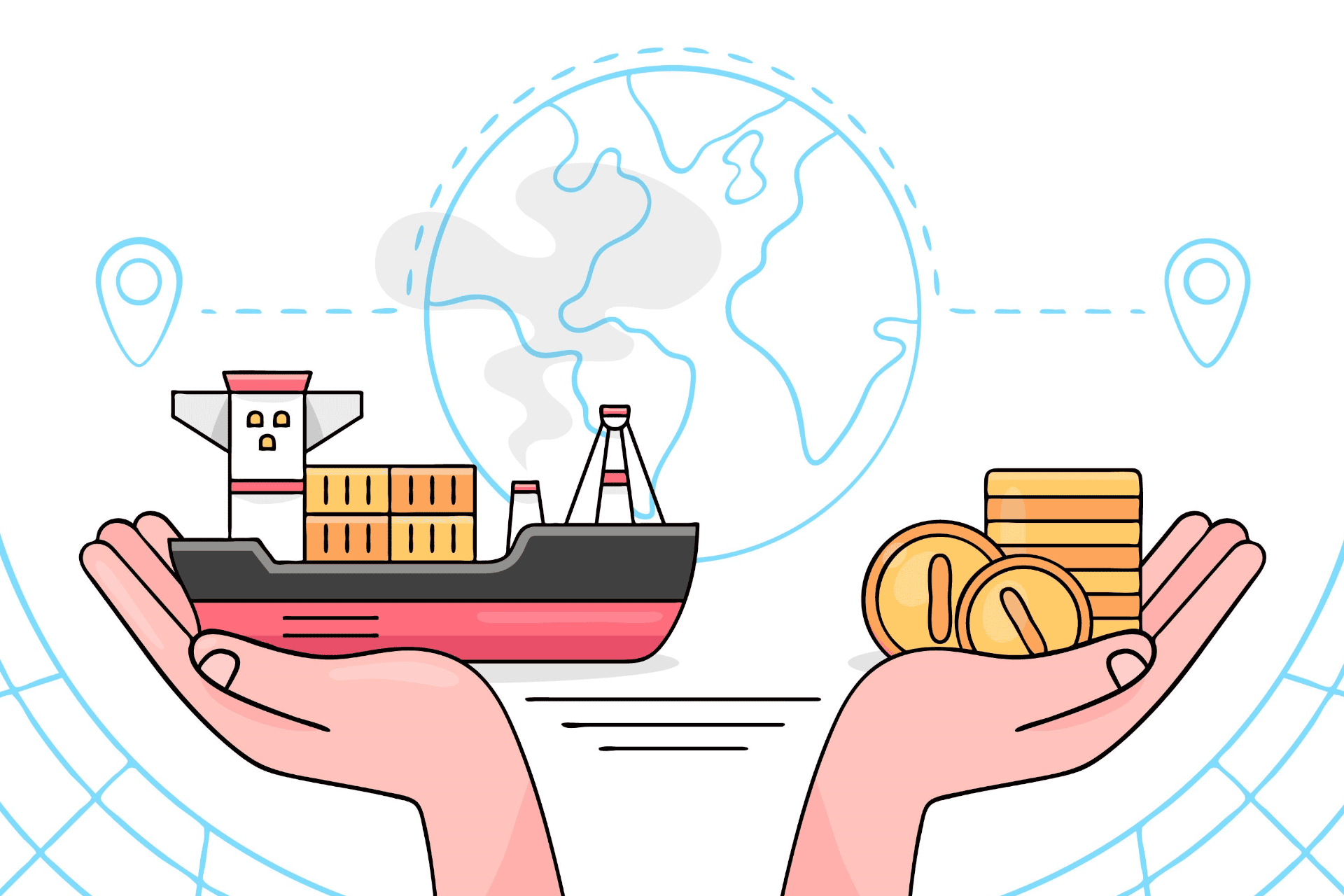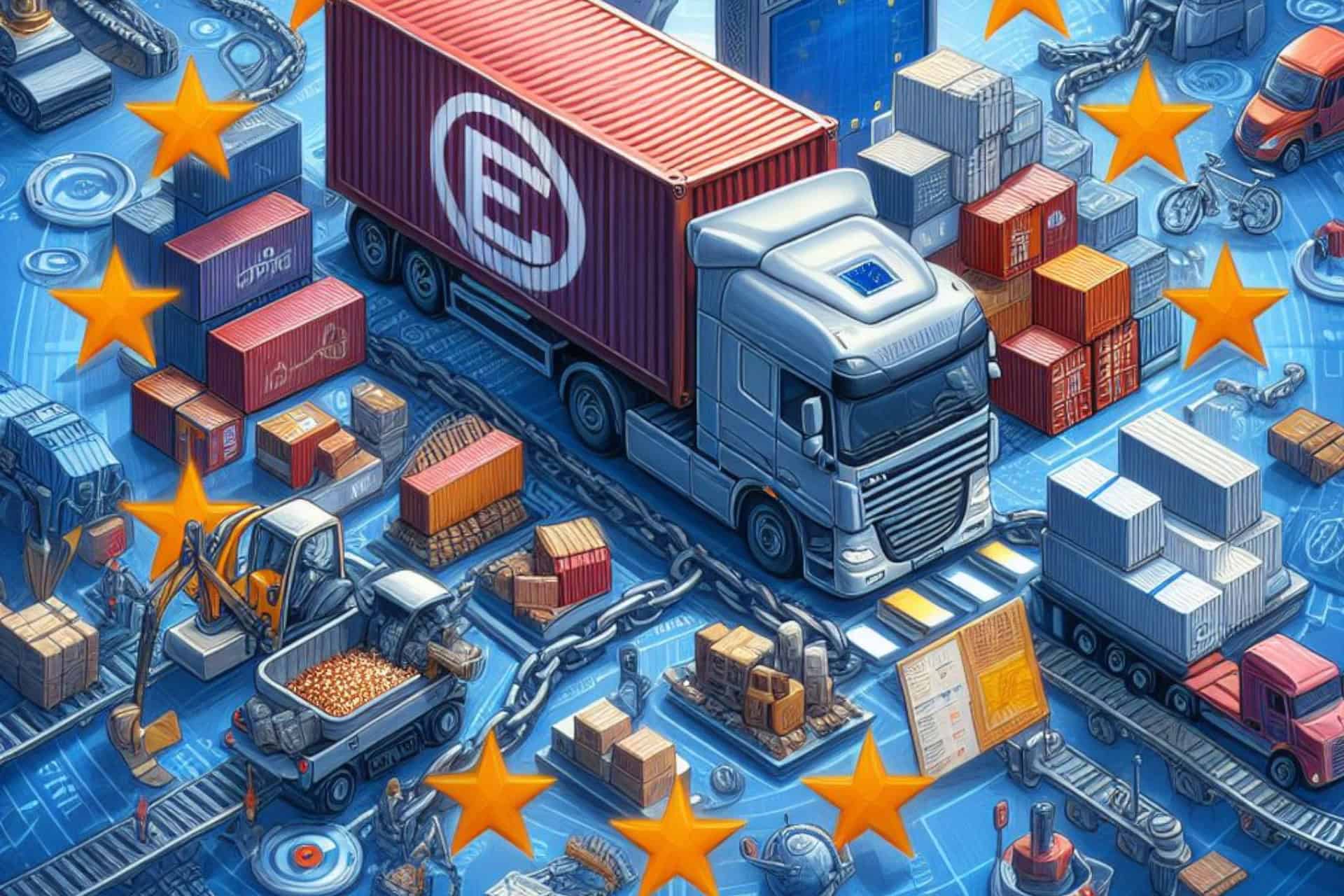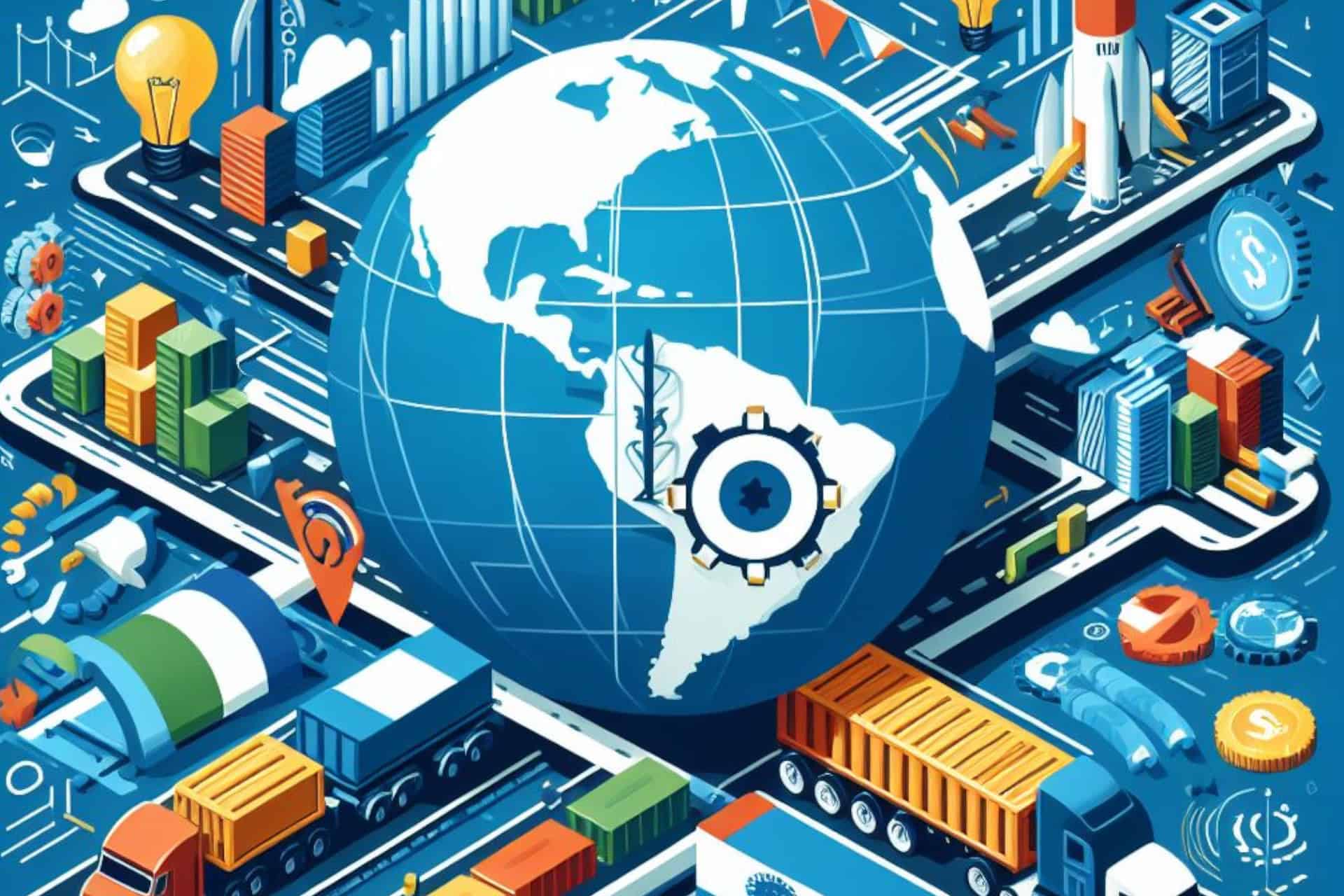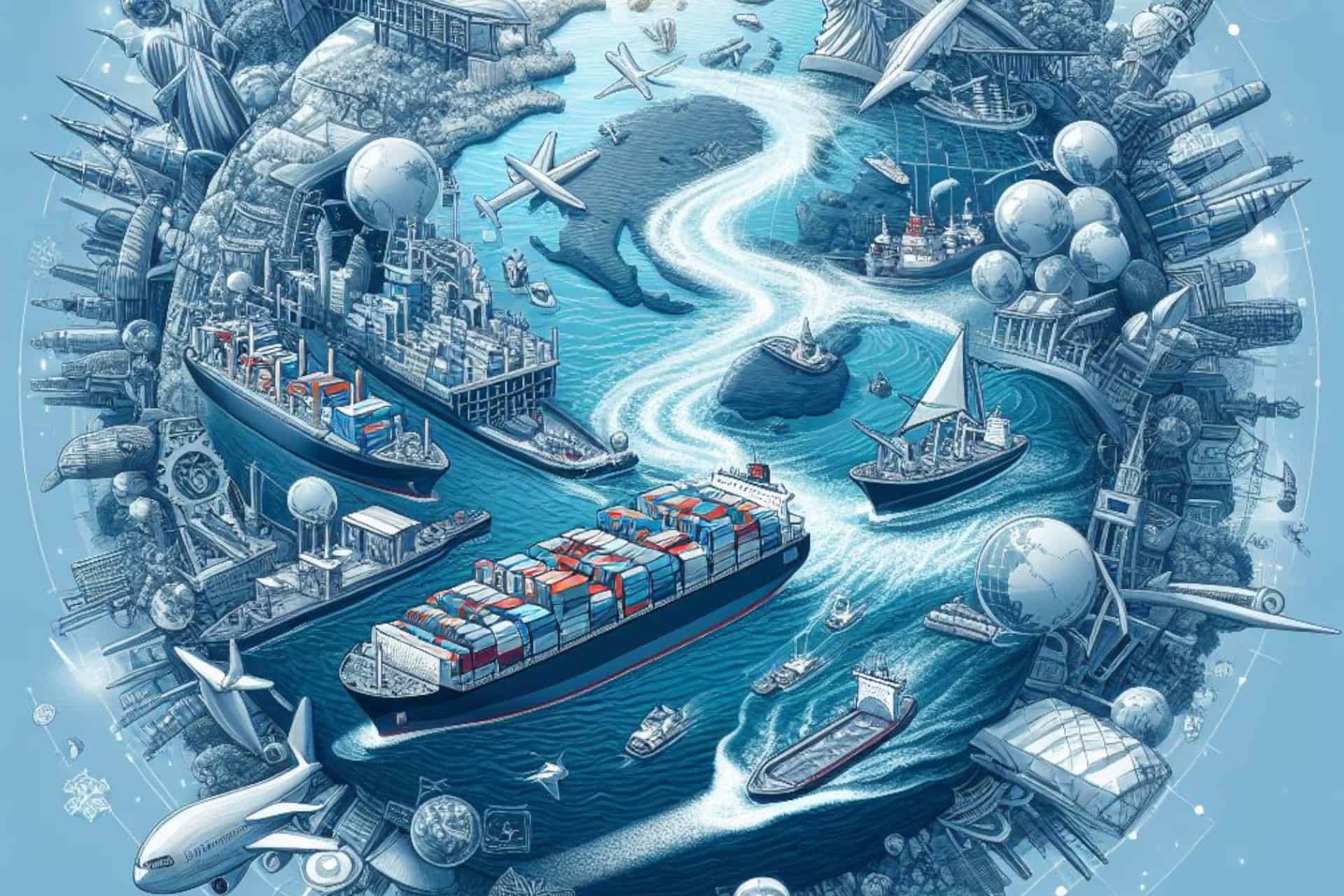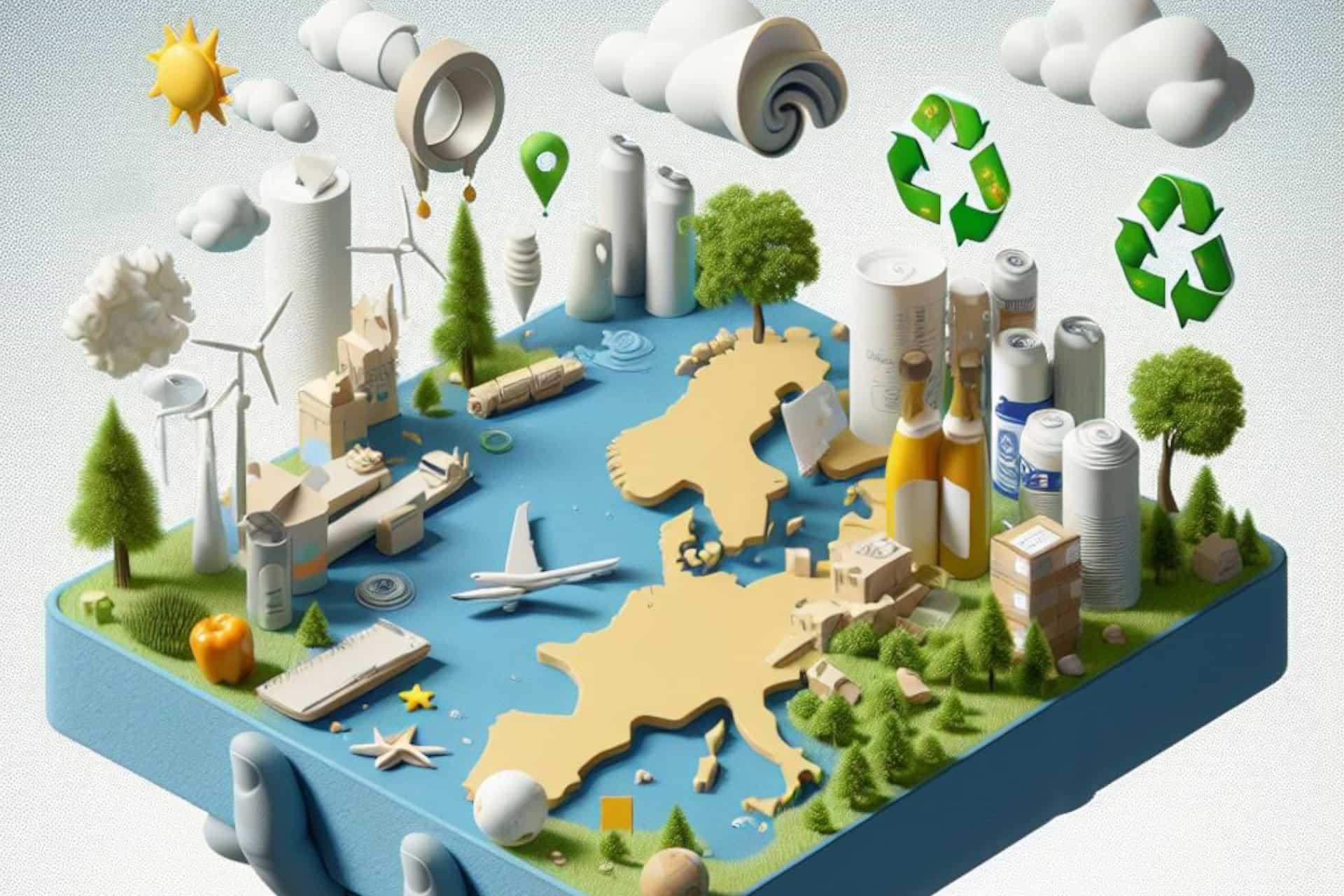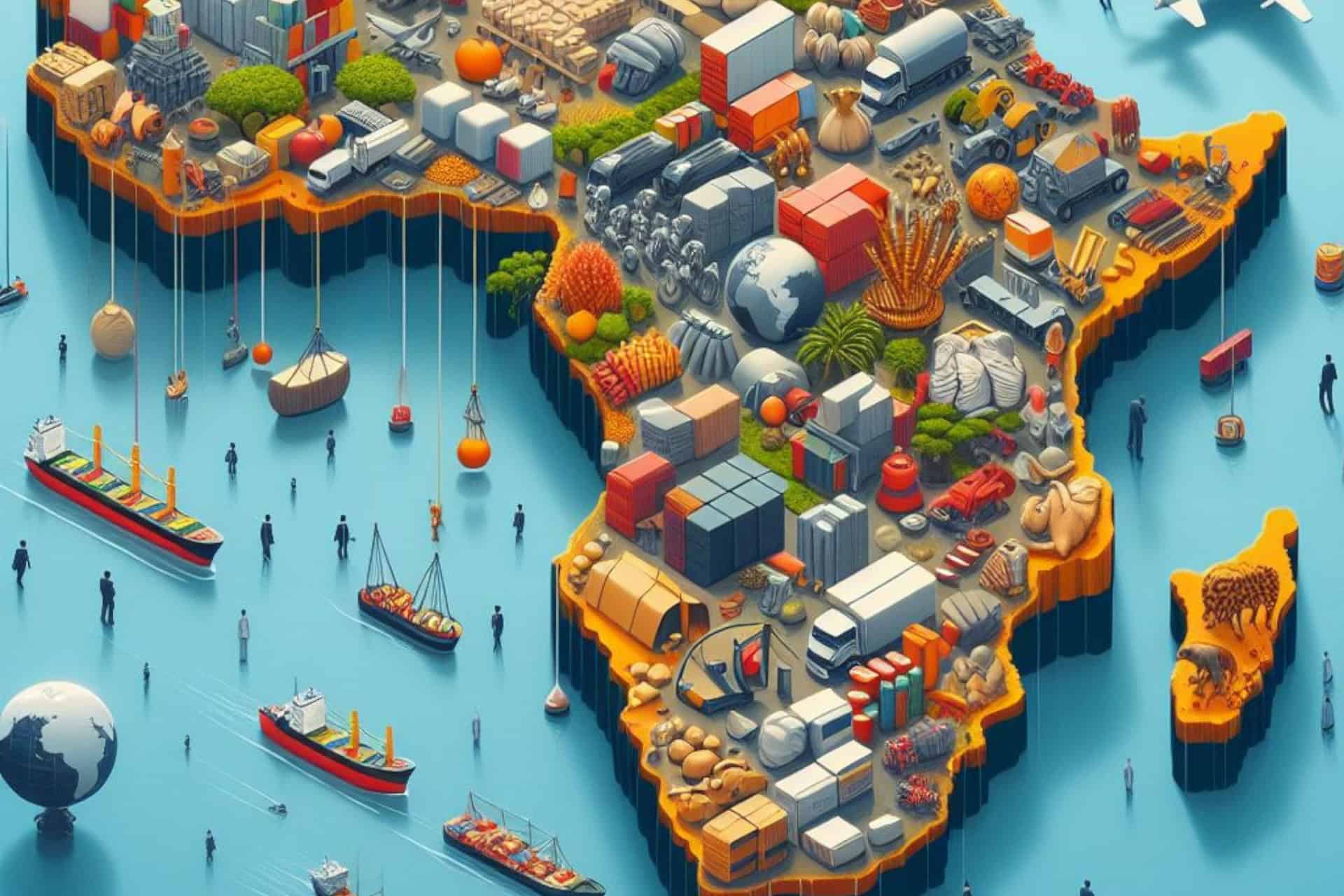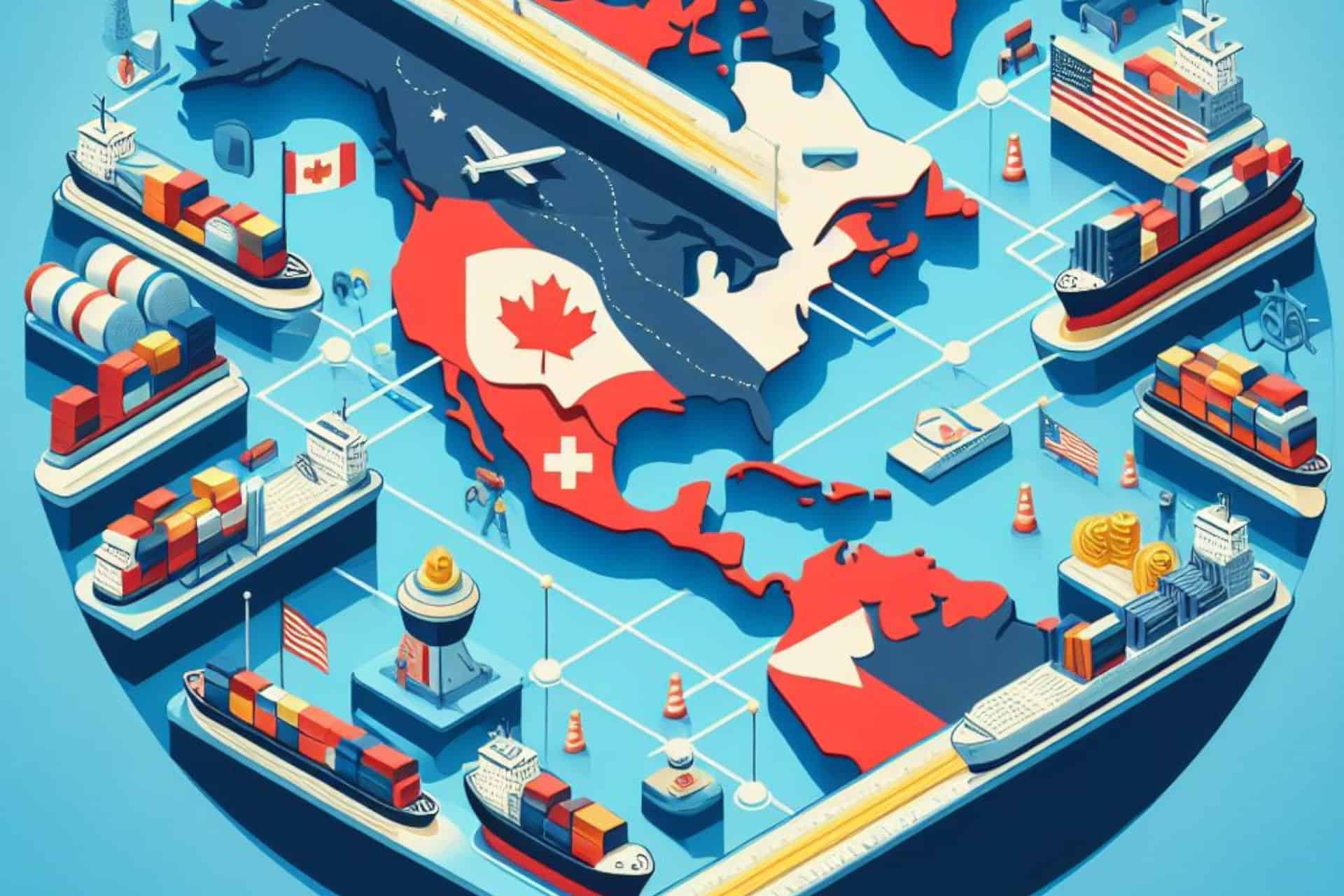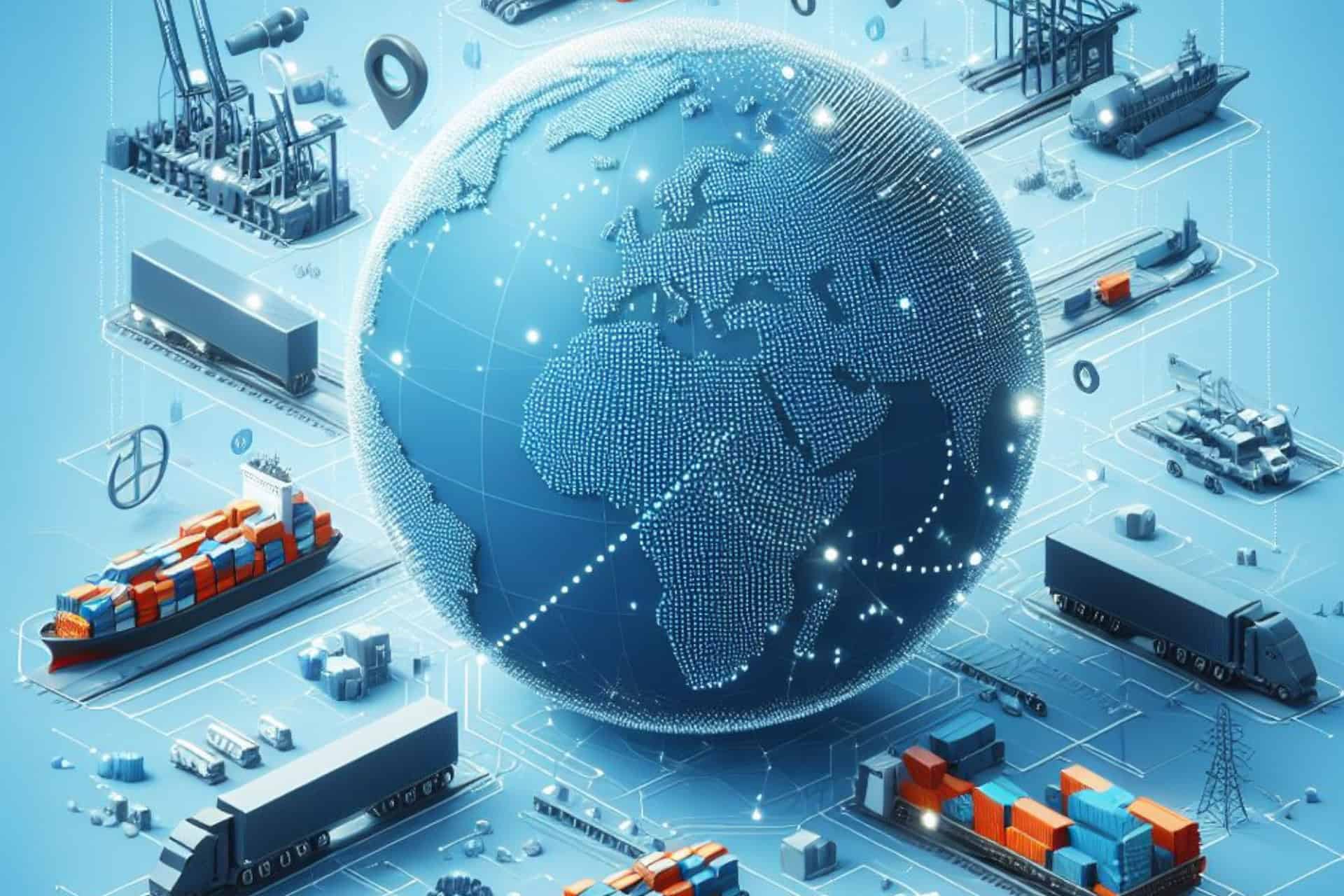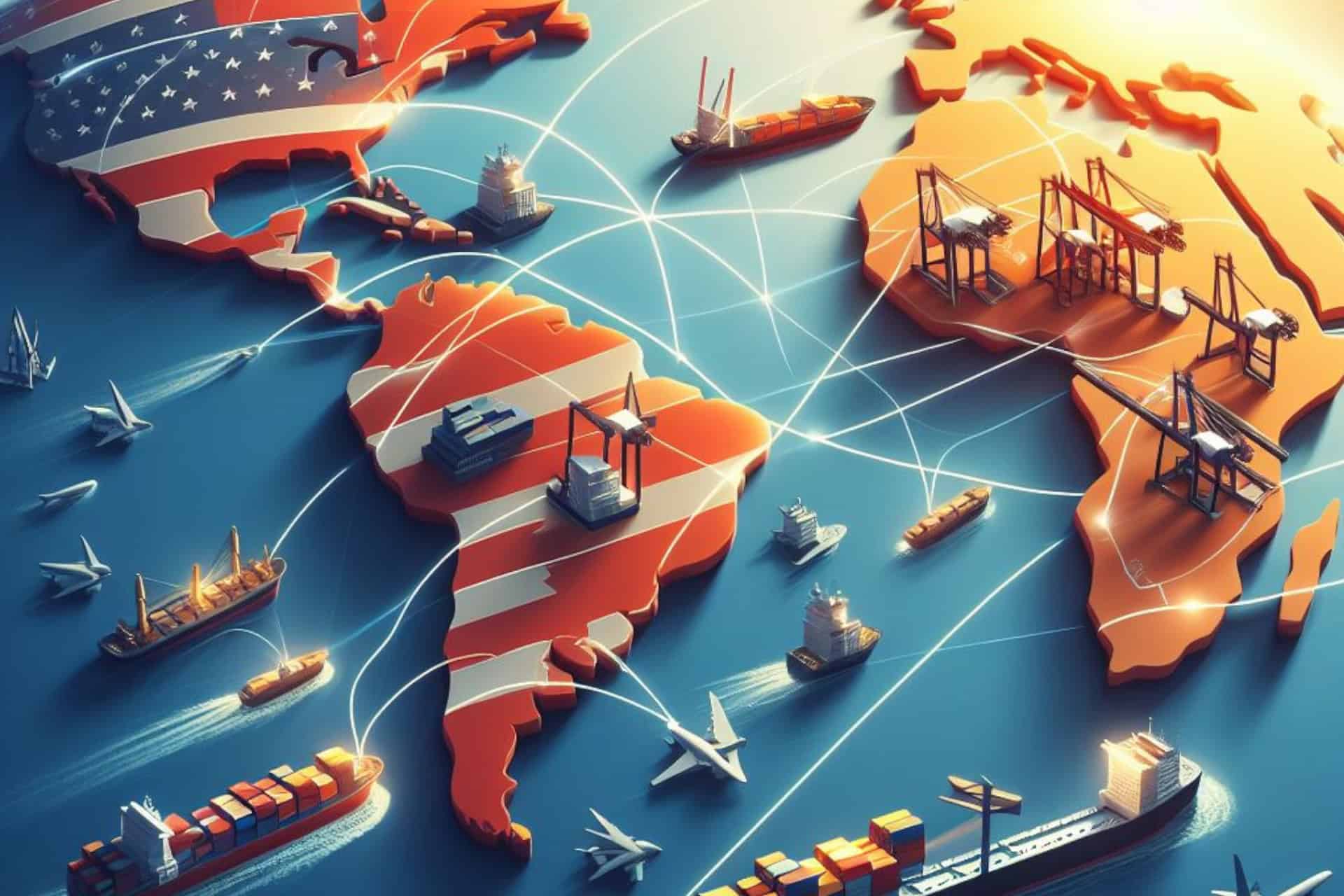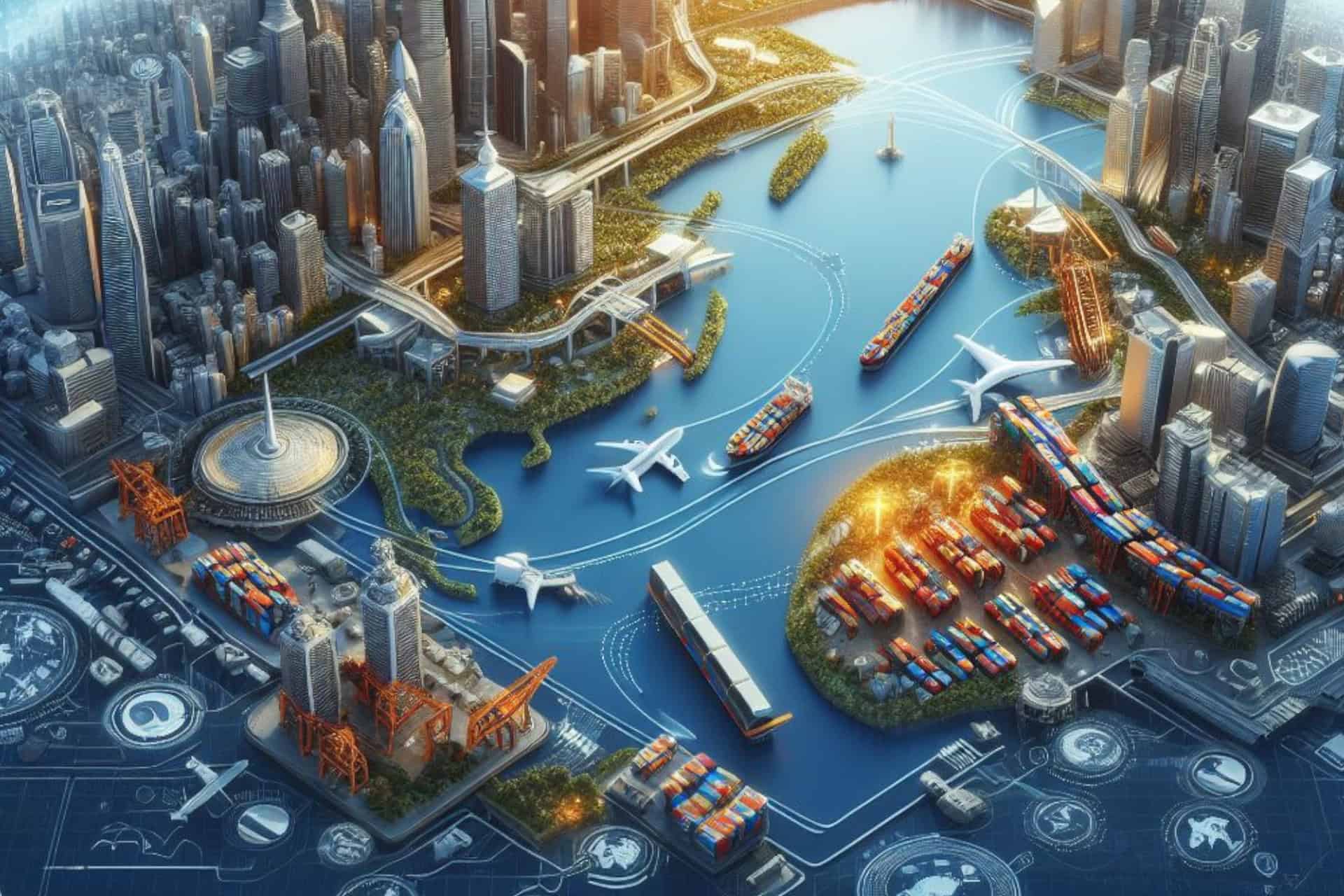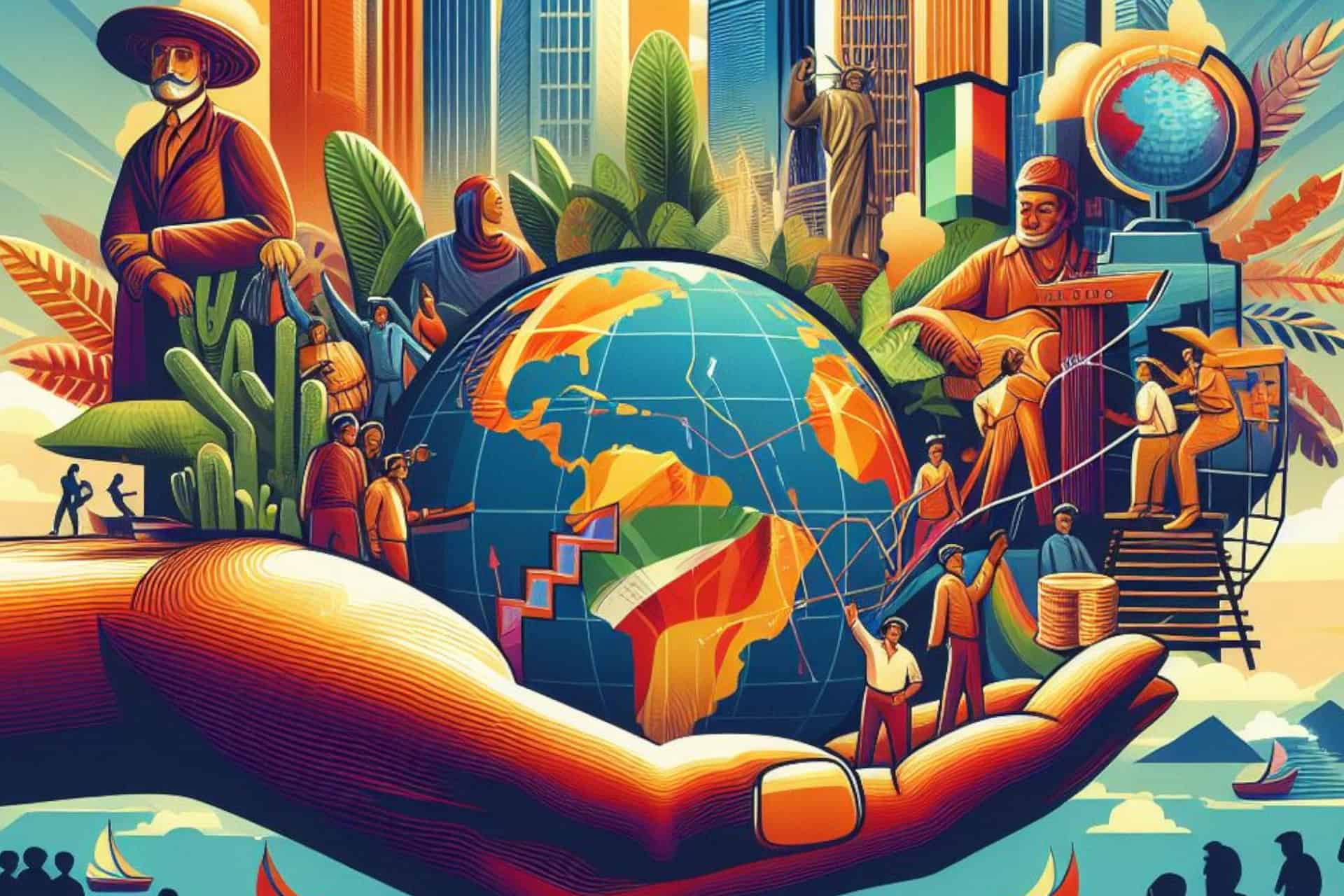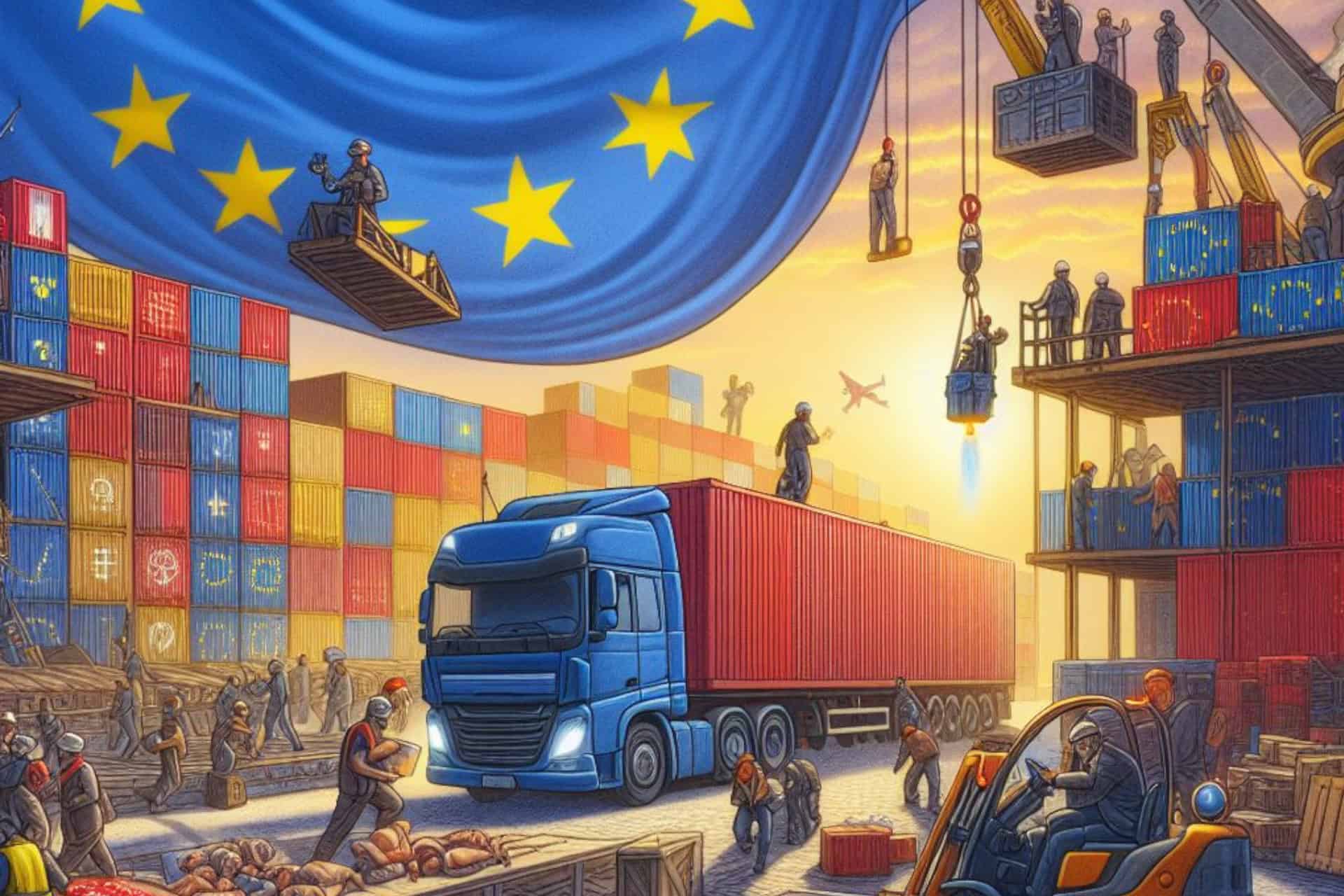The intertwining of international trade and technological innovation is shaping the future of global commerce. As nations strive to gain a competitive edge in the global economy, harnessing the power of innovation has become imperative. By embracing new technologies, fostering collaboration, and addressing challenges proactively, countries can navigate the evolving landscape of international trade and drive sustainable economic growth for generations to come.
In today's interconnected global landscape, the realms of international trade and technological innovation are inseparable. As nations vie for economic supremacy, they are increasingly leveraging innovation as a key competitive advantage in the race for global market share. This synergy between trade and technology is reshaping industries, economies, and the very fabric of international relations.
Technological innovation serves as a catalyst for international trade by enhancing productivity, reducing costs, and expanding market reach. From advanced manufacturing techniques to breakthroughs in digital communication, technology has revolutionized the way goods and services are produced, distributed, and consumed across borders.
One of the most transformative technologies in recent years is artificial intelligence (AI). AI-powered automation streamlines production processes, driving efficiency gains and cost reductions for businesses engaged in global trade. Moreover, AI-enabled analytics provide invaluable insights into consumer preferences and market trends, empowering companies to tailor their offerings to diverse international markets.
The advent of blockchain technology is another game-changer in international trade. By providing secure and transparent transactional systems, blockchain minimizes the risks associated with cross-border trade, such as fraud and counterfeiting. Smart contracts executed on blockchain networks facilitate faster and more reliable transactions, fostering trust and reducing administrative burdens for trading partners worldwide.
Furthermore, the rise of additive manufacturing, commonly known as 3D printing, is revolutionizing supply chains and distribution networks. With 3D printing, products can be manufactured on-demand, eliminating the need for large-scale production facilities and reducing transportation costs. This decentralized approach to manufacturing enables greater flexibility in responding to shifting market demands and opens new opportunities for small and medium-sized enterprises (SMEs) to participate in global trade.
However, while technological innovation presents unprecedented opportunities, it also poses challenges for international trade. As new technologies emerge, concerns about job displacement, data privacy, and cybersecurity have become increasingly prominent on the global stage. Addressing these challenges requires collaborative efforts among governments, businesses, and international organizations to develop regulatory frameworks that foster innovation while safeguarding the interests of workers and consumers.
Moreover, the unequal distribution of technological capabilities among nations exacerbates existing disparities in global trade. Developing countries often lack the resources and infrastructure to fully harness the potential of emerging technologies, placing them at a disadvantage in the global marketplace. Bridging this technological divide requires targeted investments in education, infrastructure, and research and development to empower all nations to participate equitably in the digital economy.
#InternationalTrade #TechnologicalInnovation #GlobalEconomy #AI #Blockchain #3DPrinting #InnovationEcosystem #DigitalTransformation #TradePolicy #SustainableDevelopment #Globalization #CrossBorderTrade #FutureOfWork #SupplyChain #RegulatoryFramework #EconomicEmpowerment
Read more views




